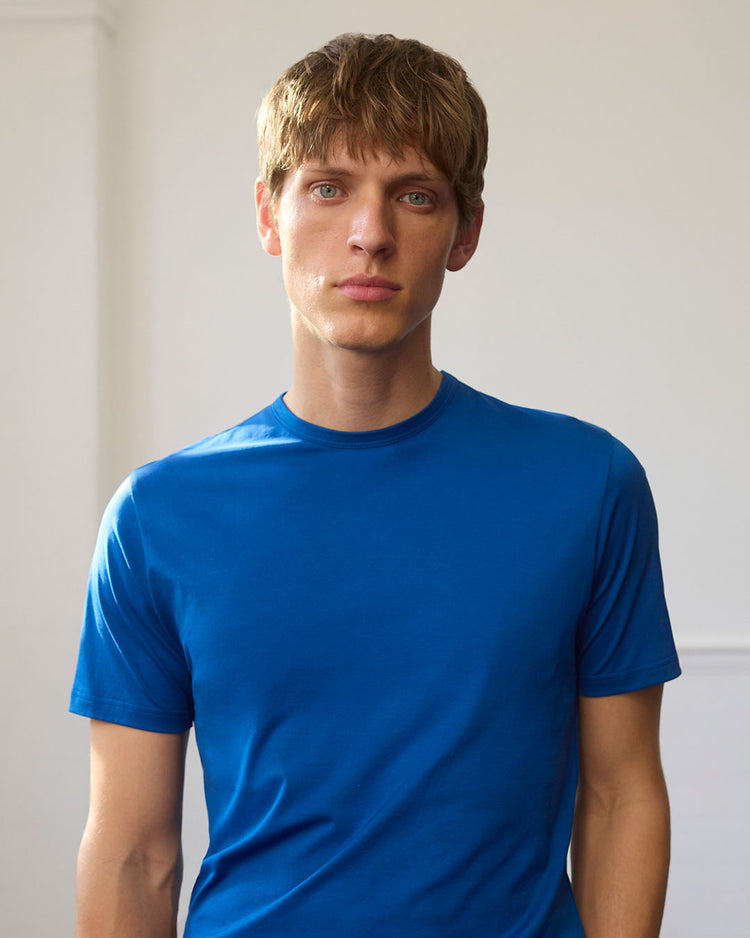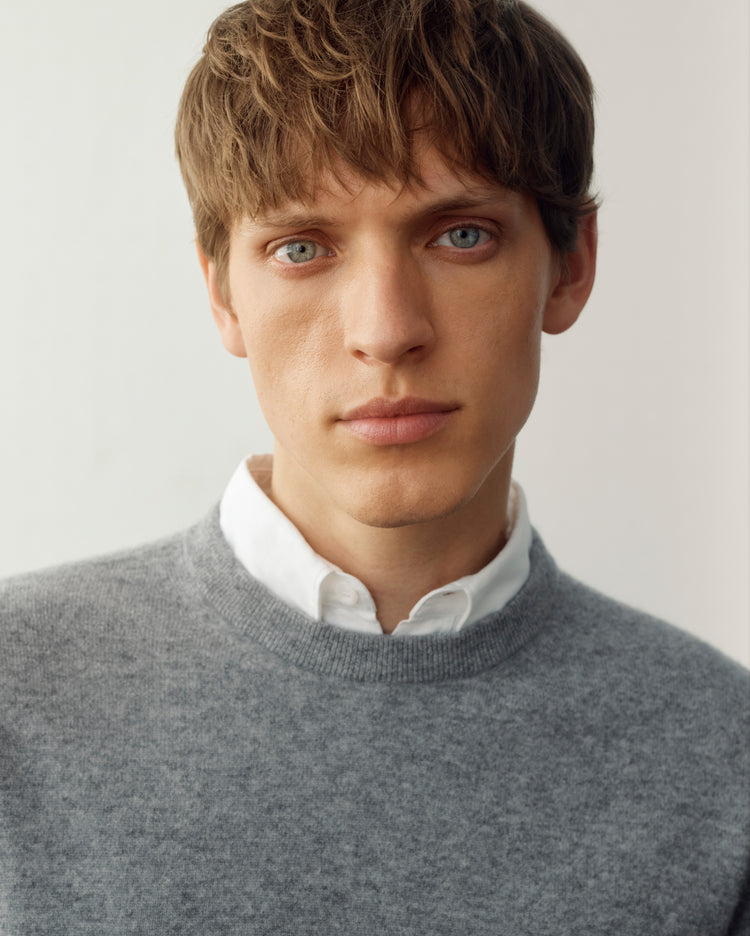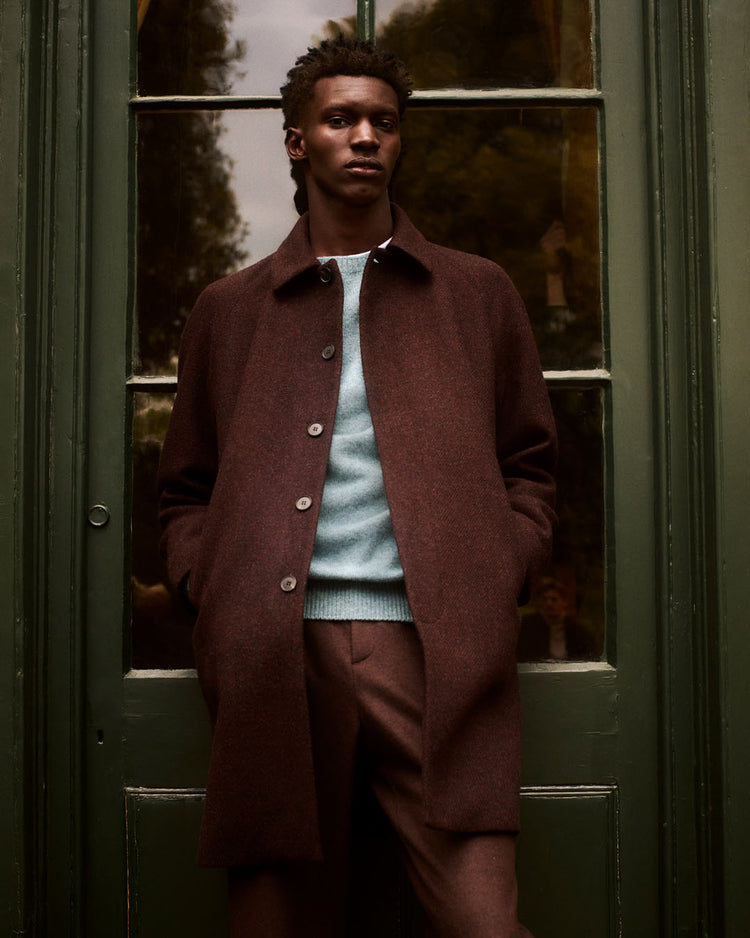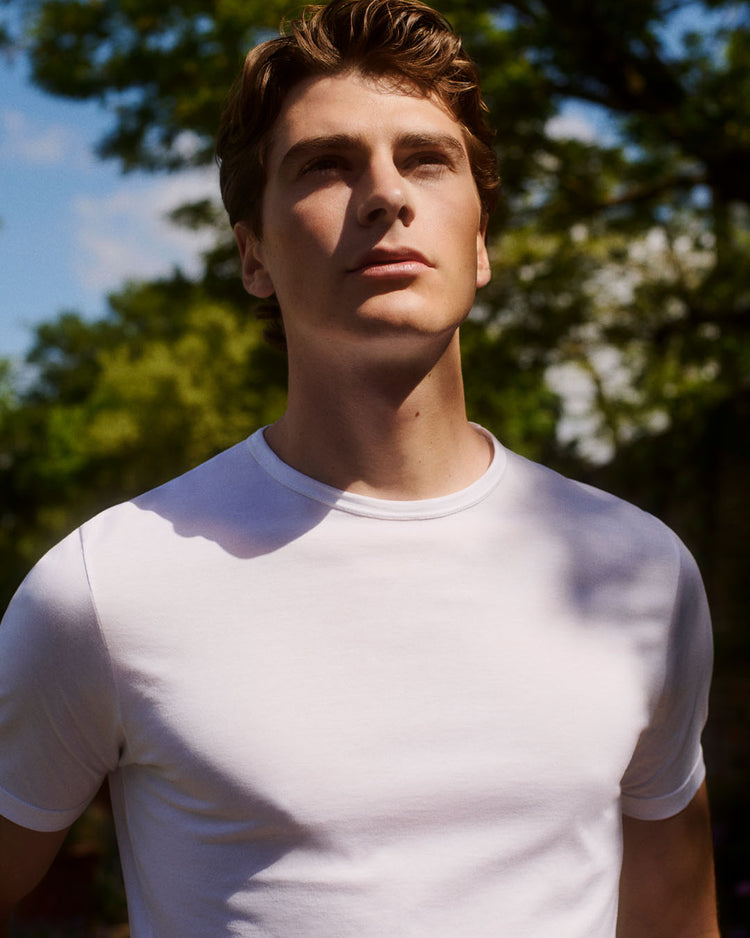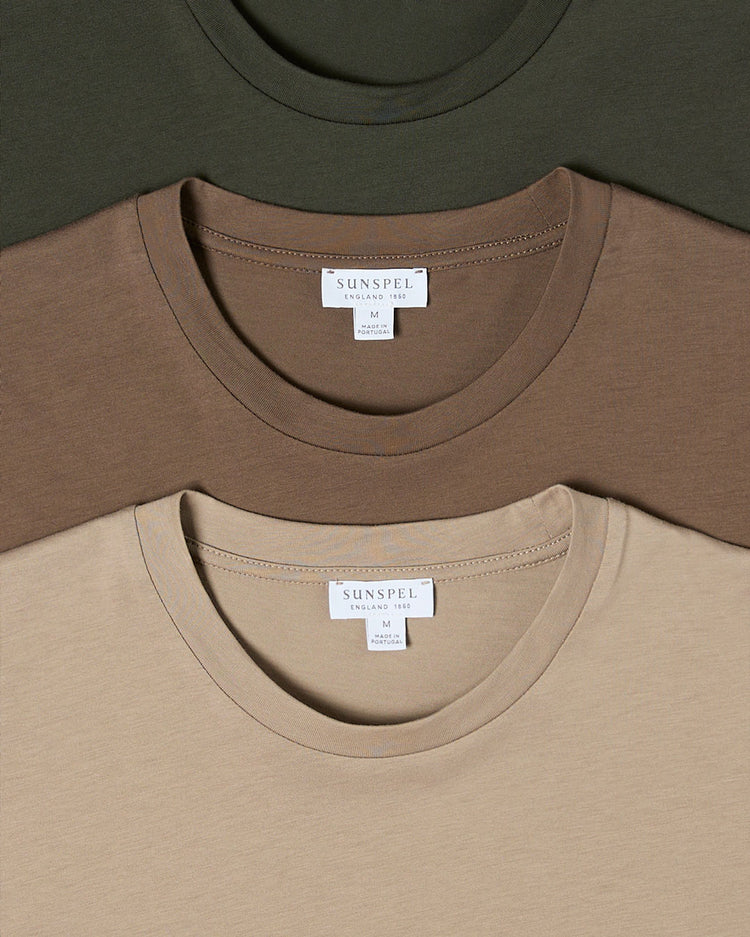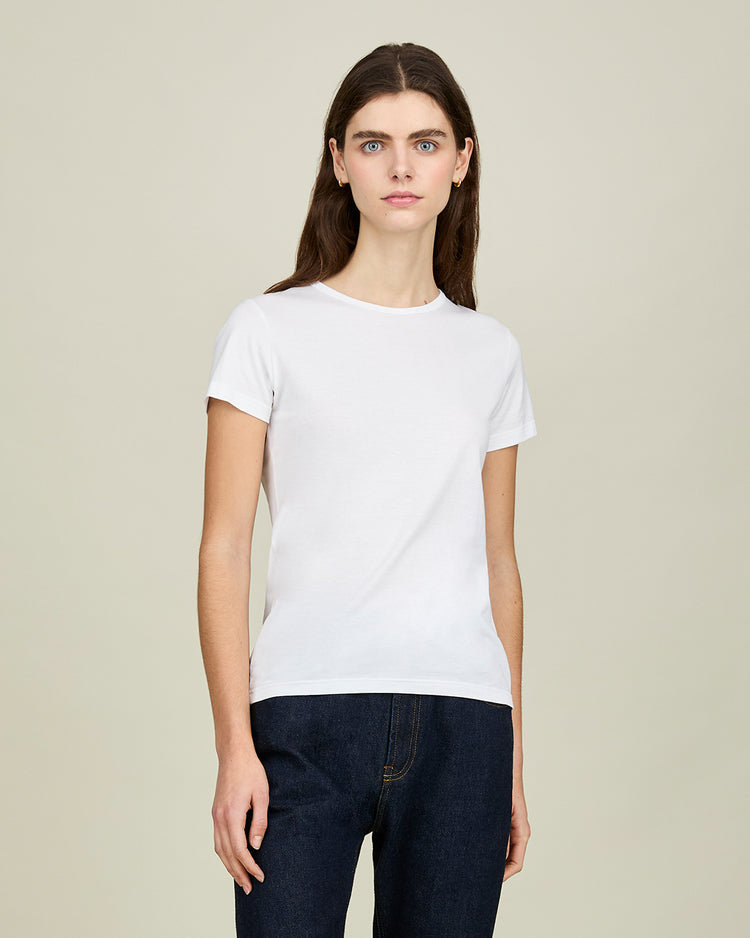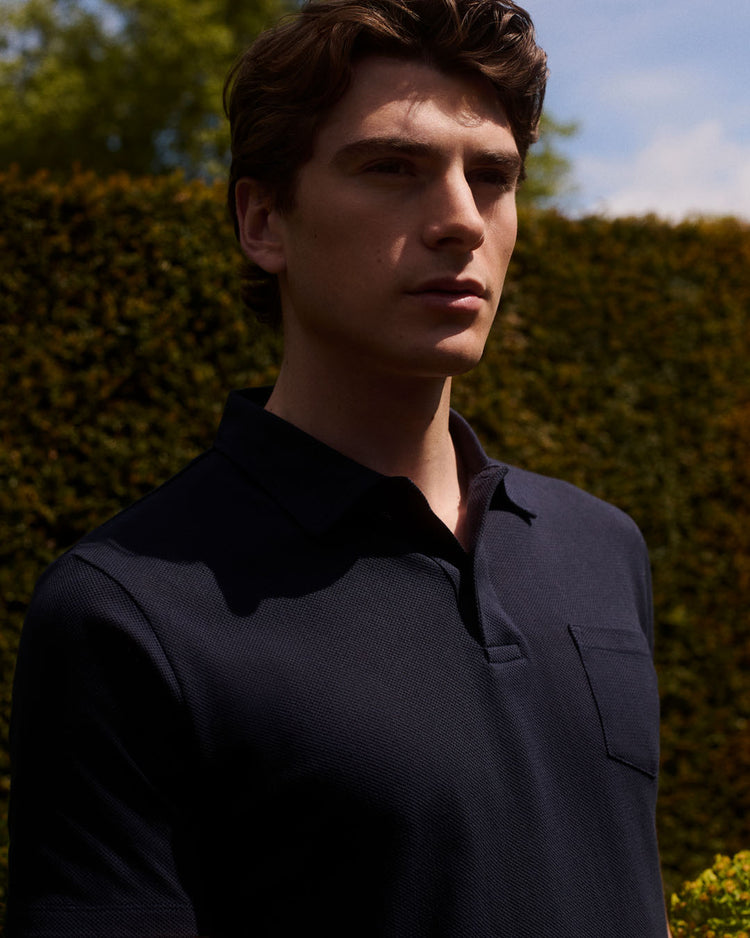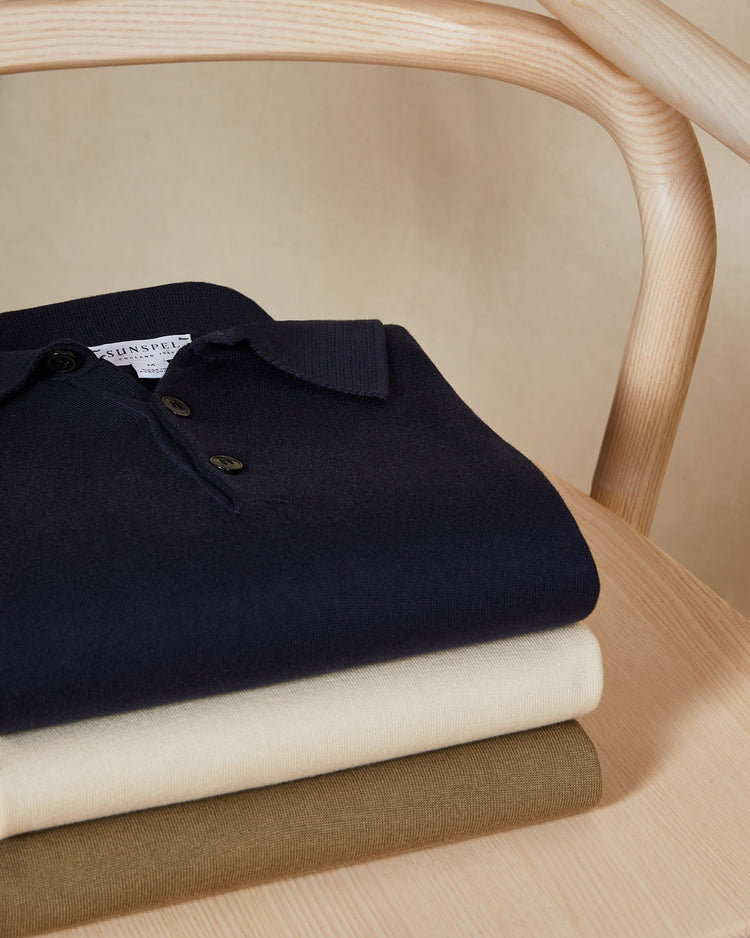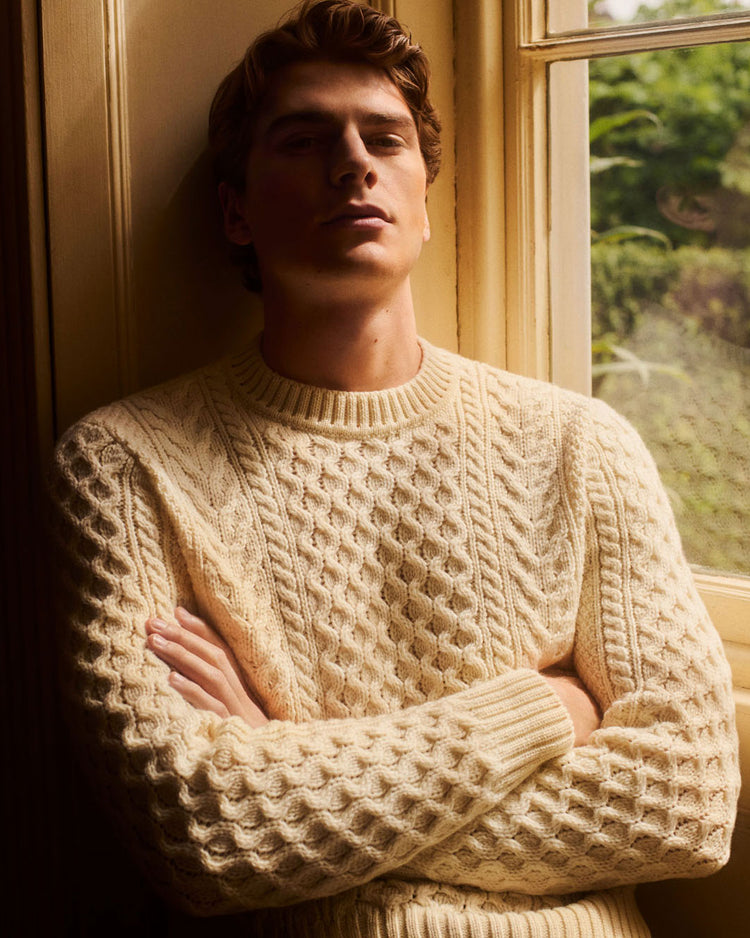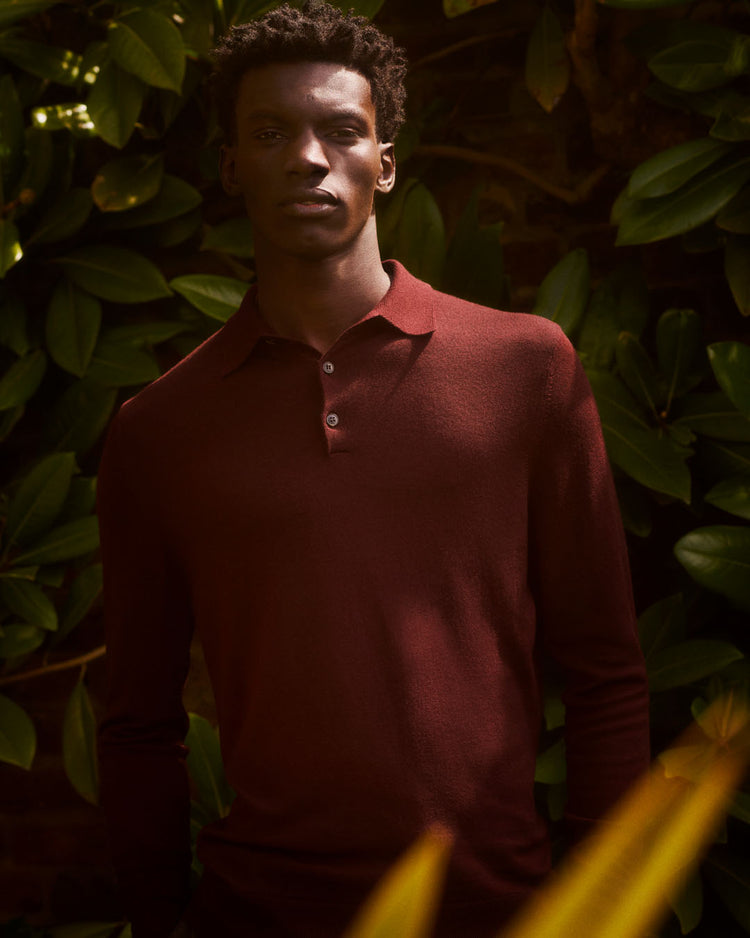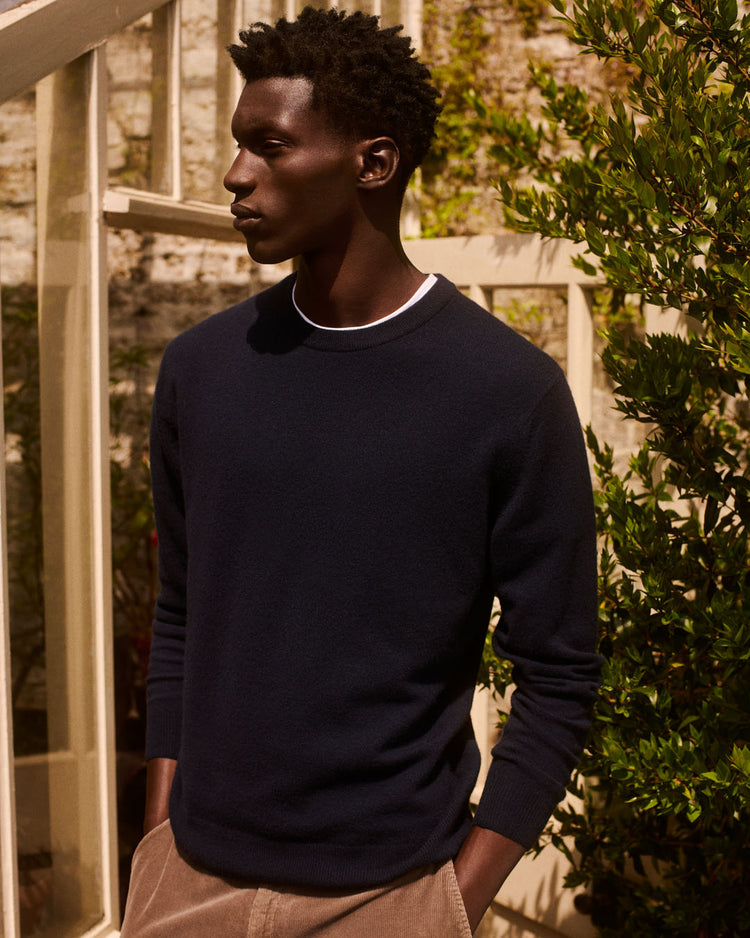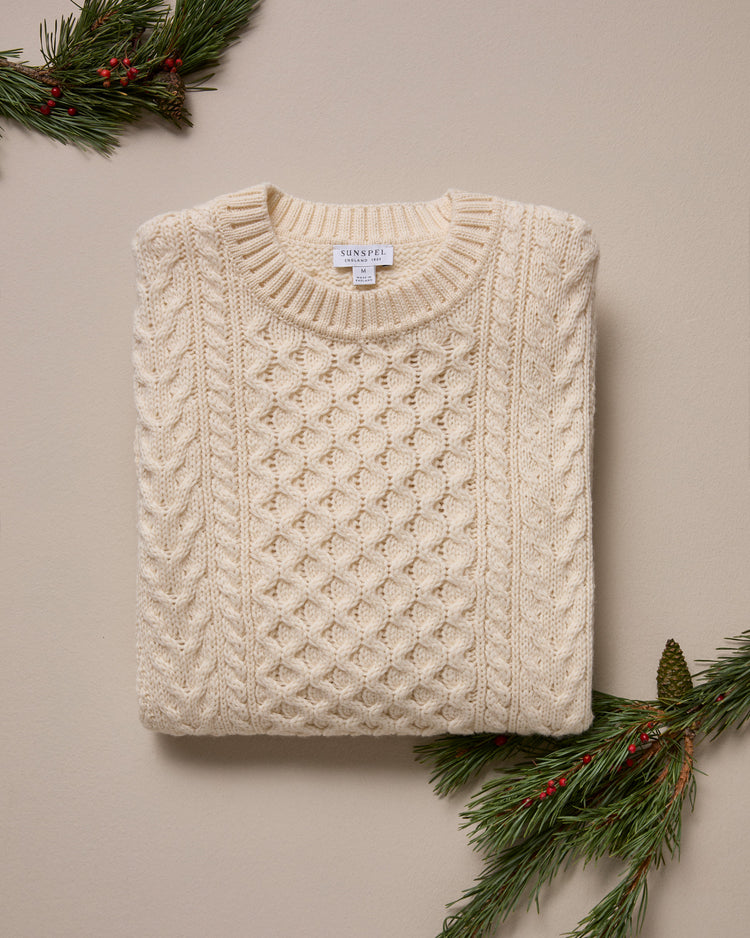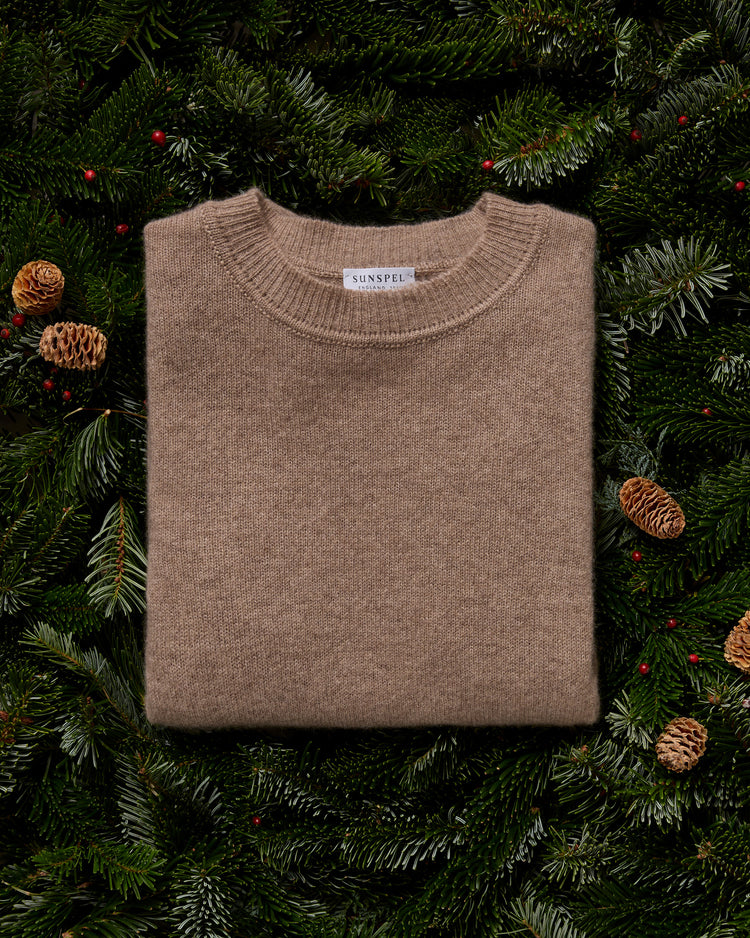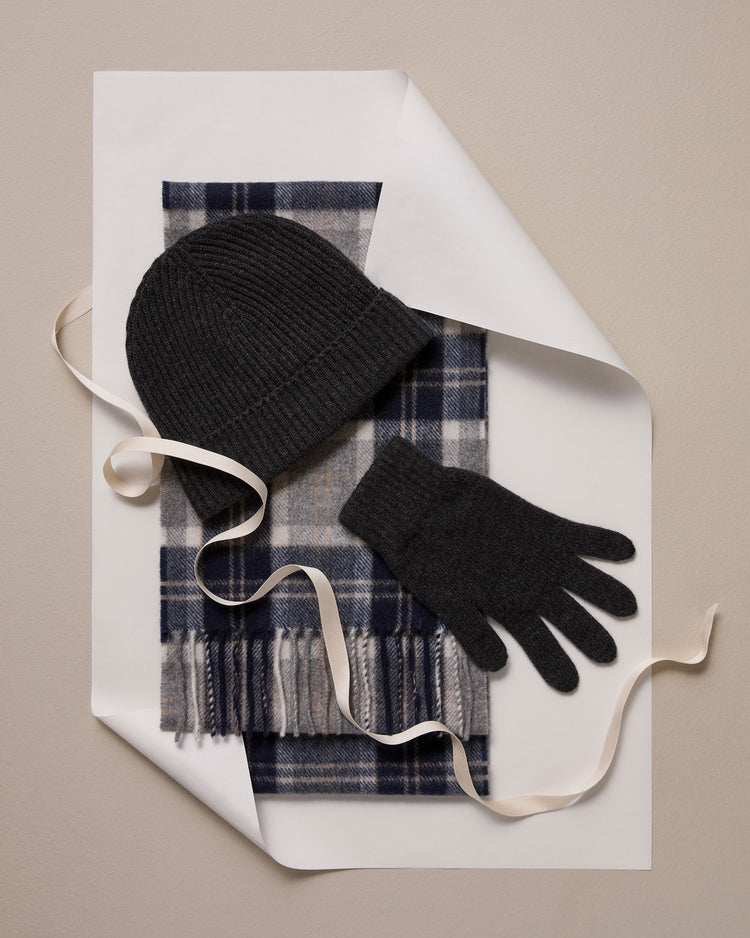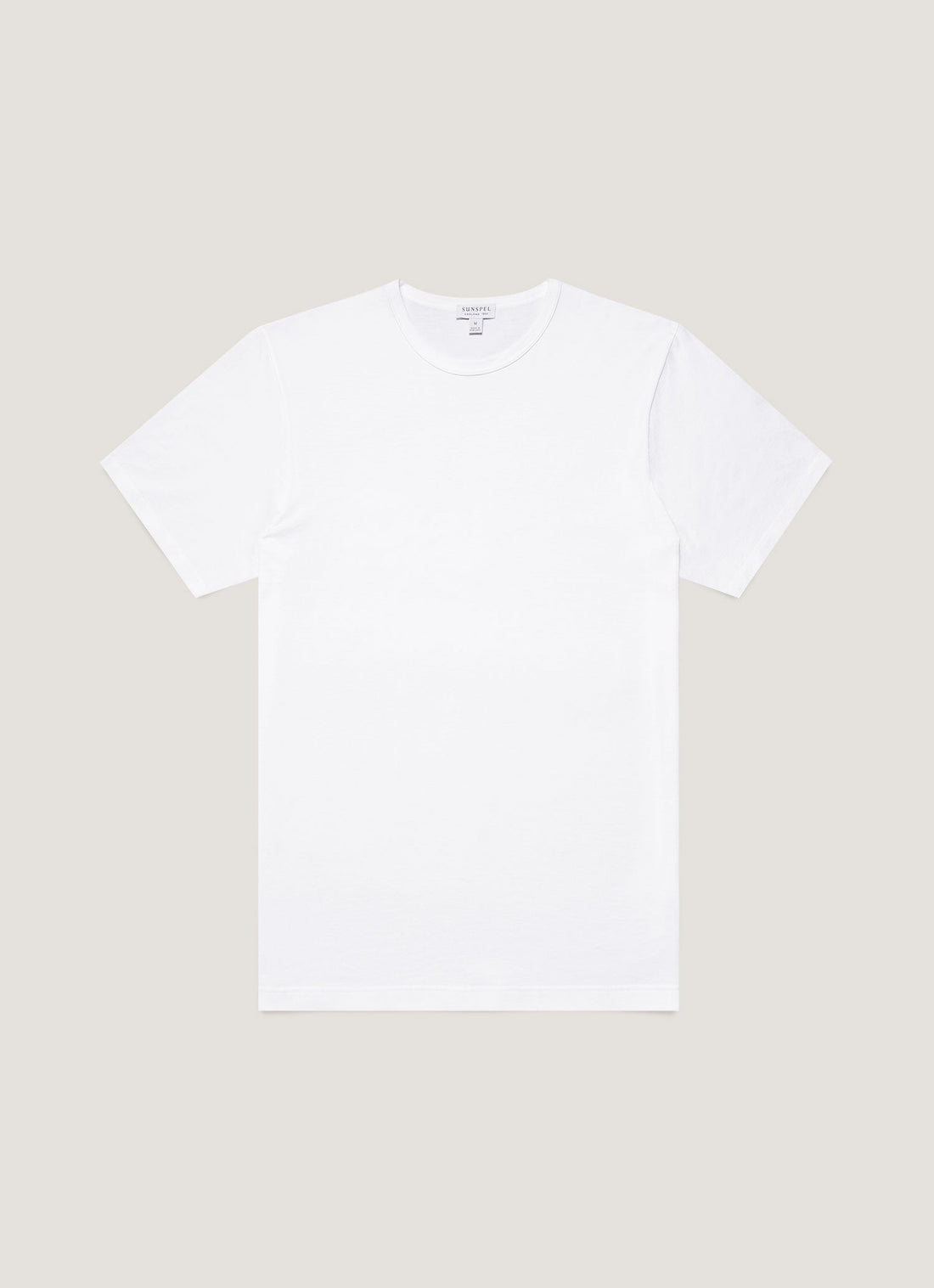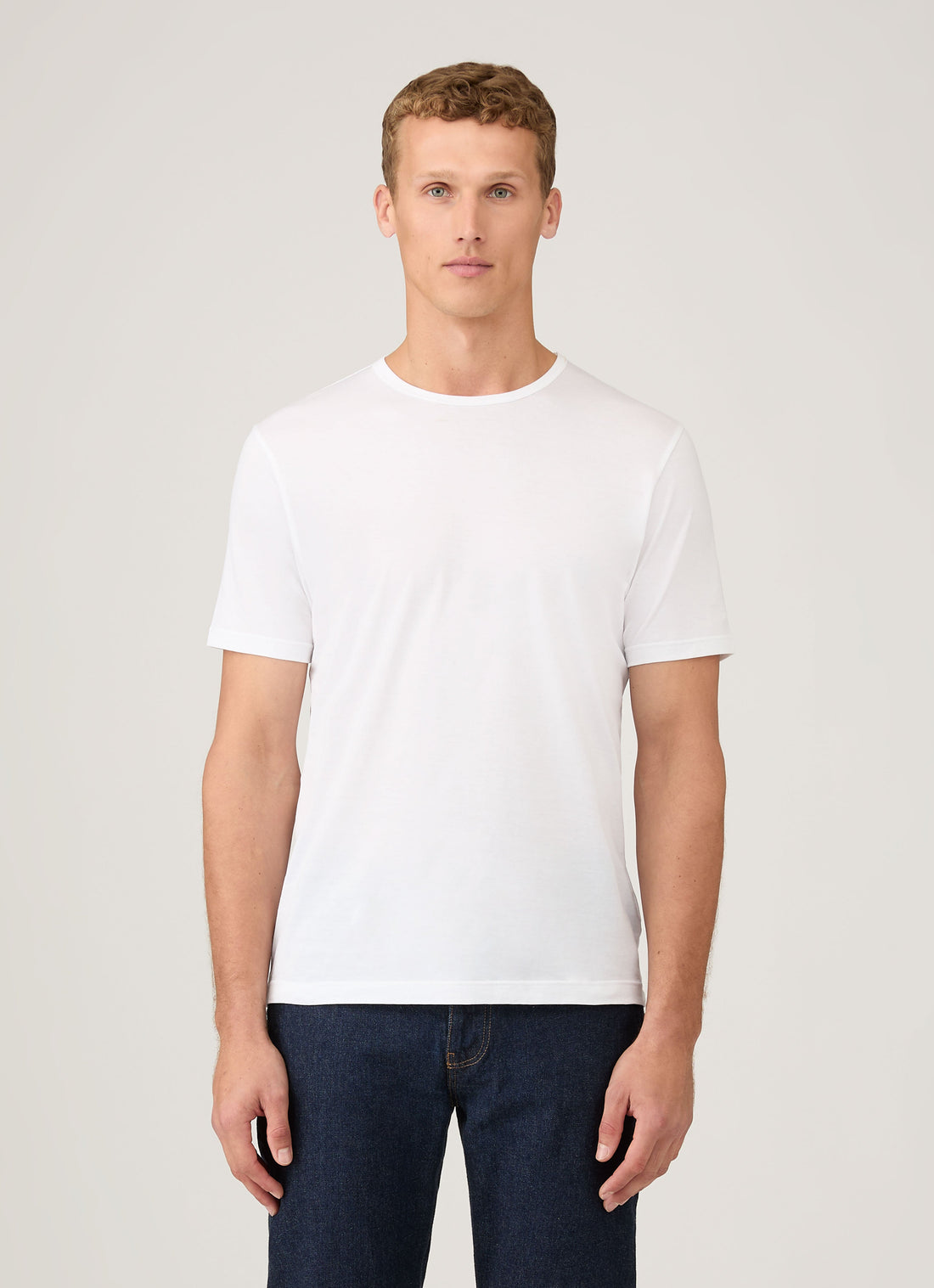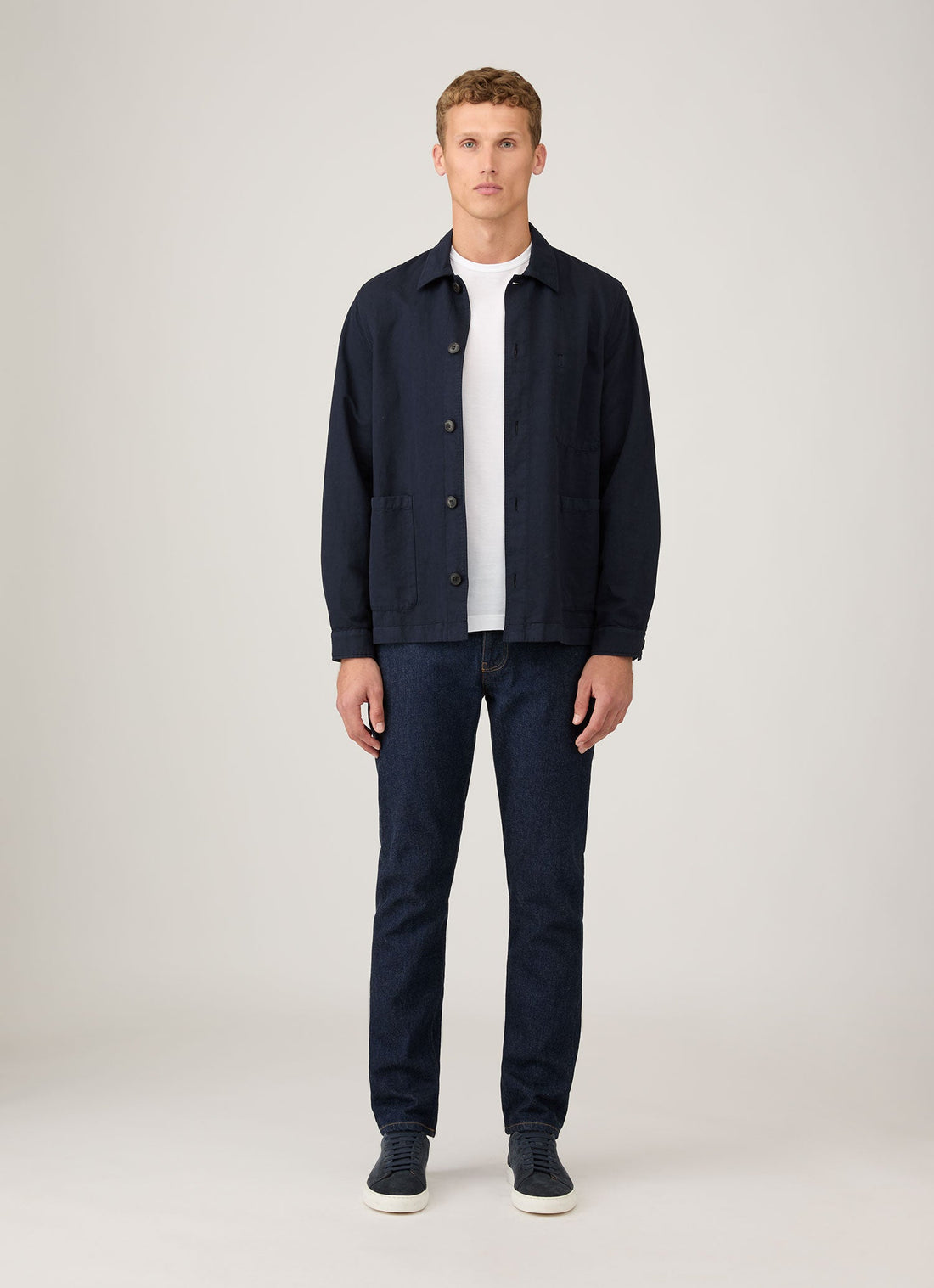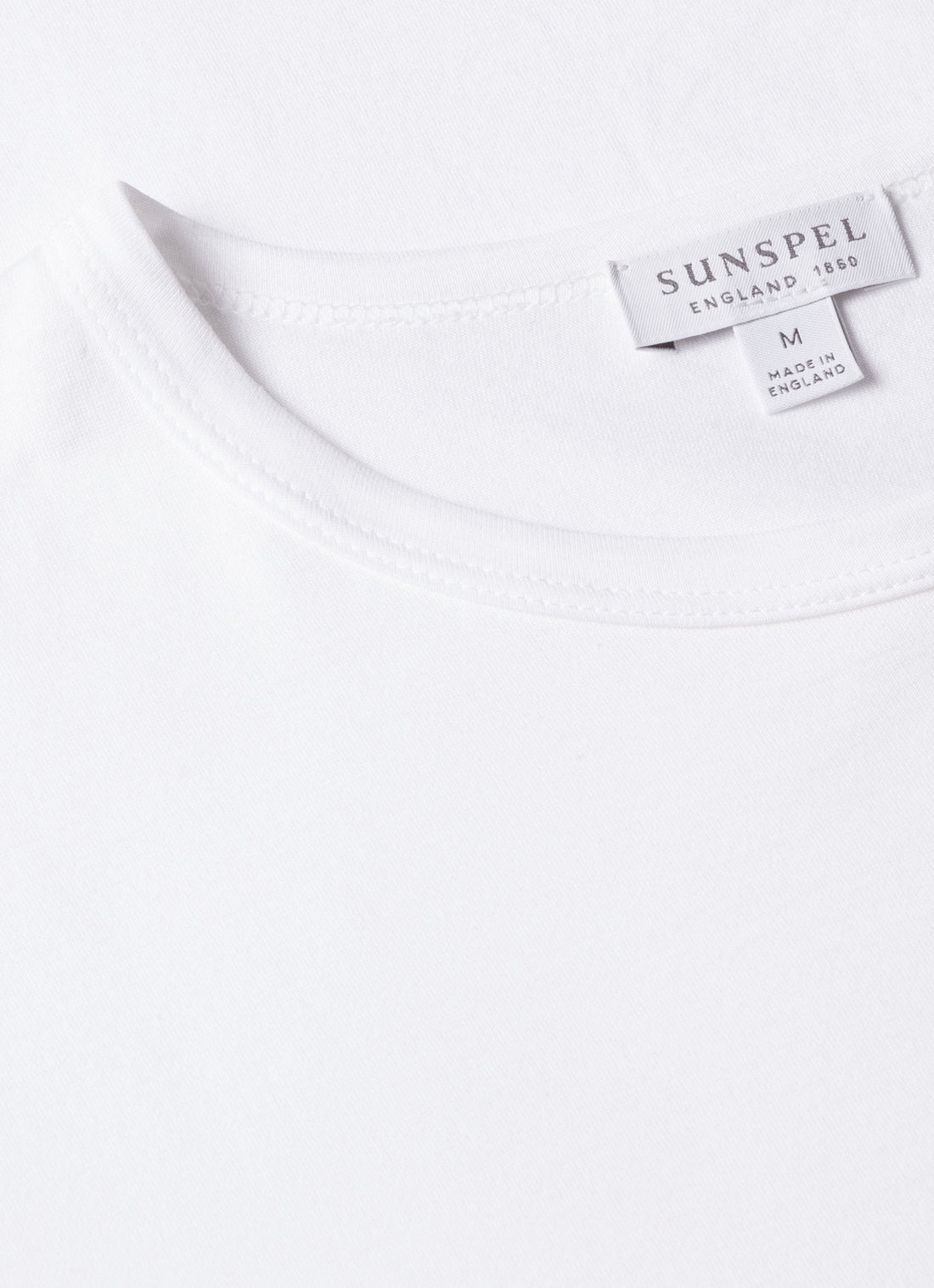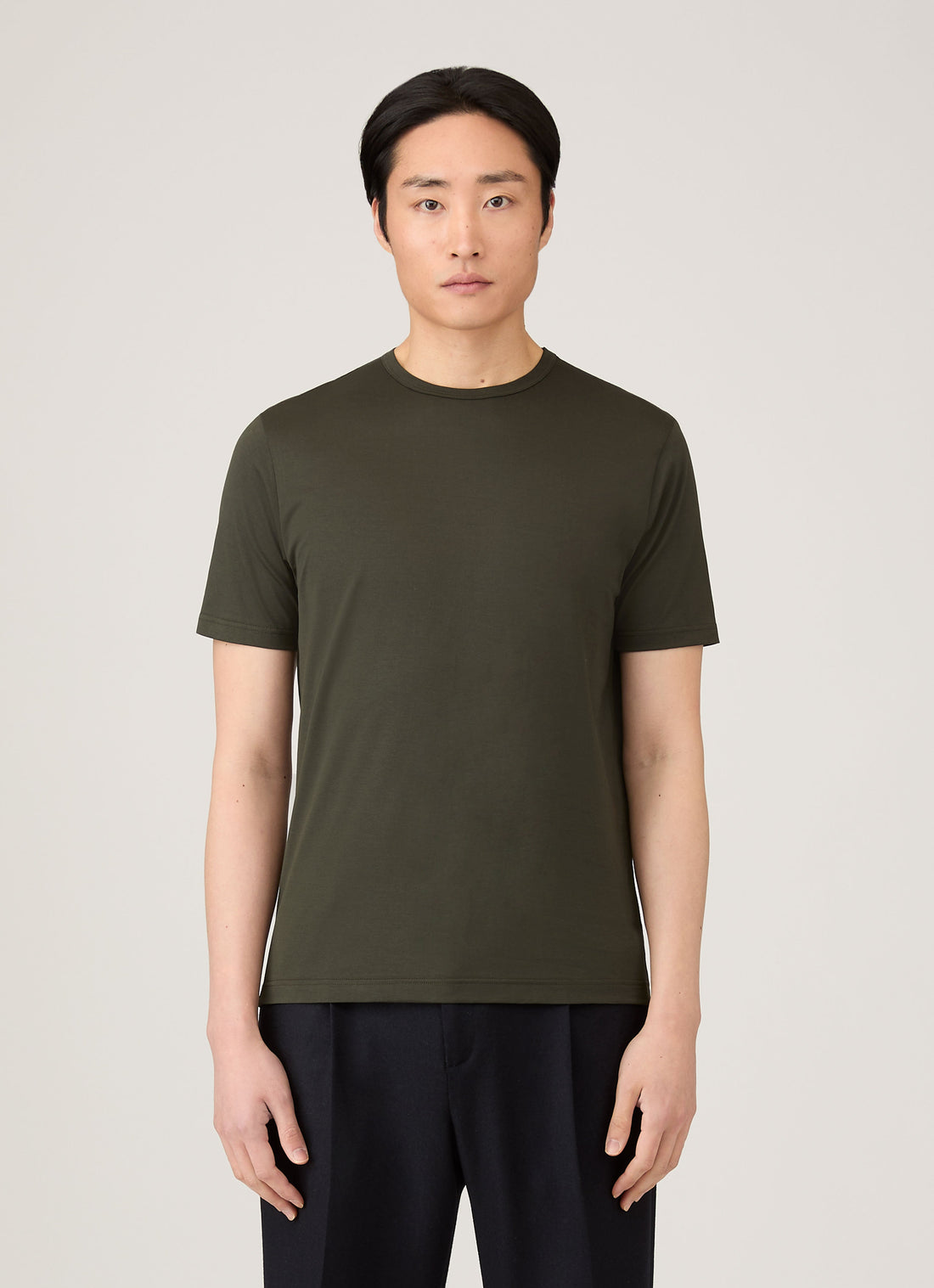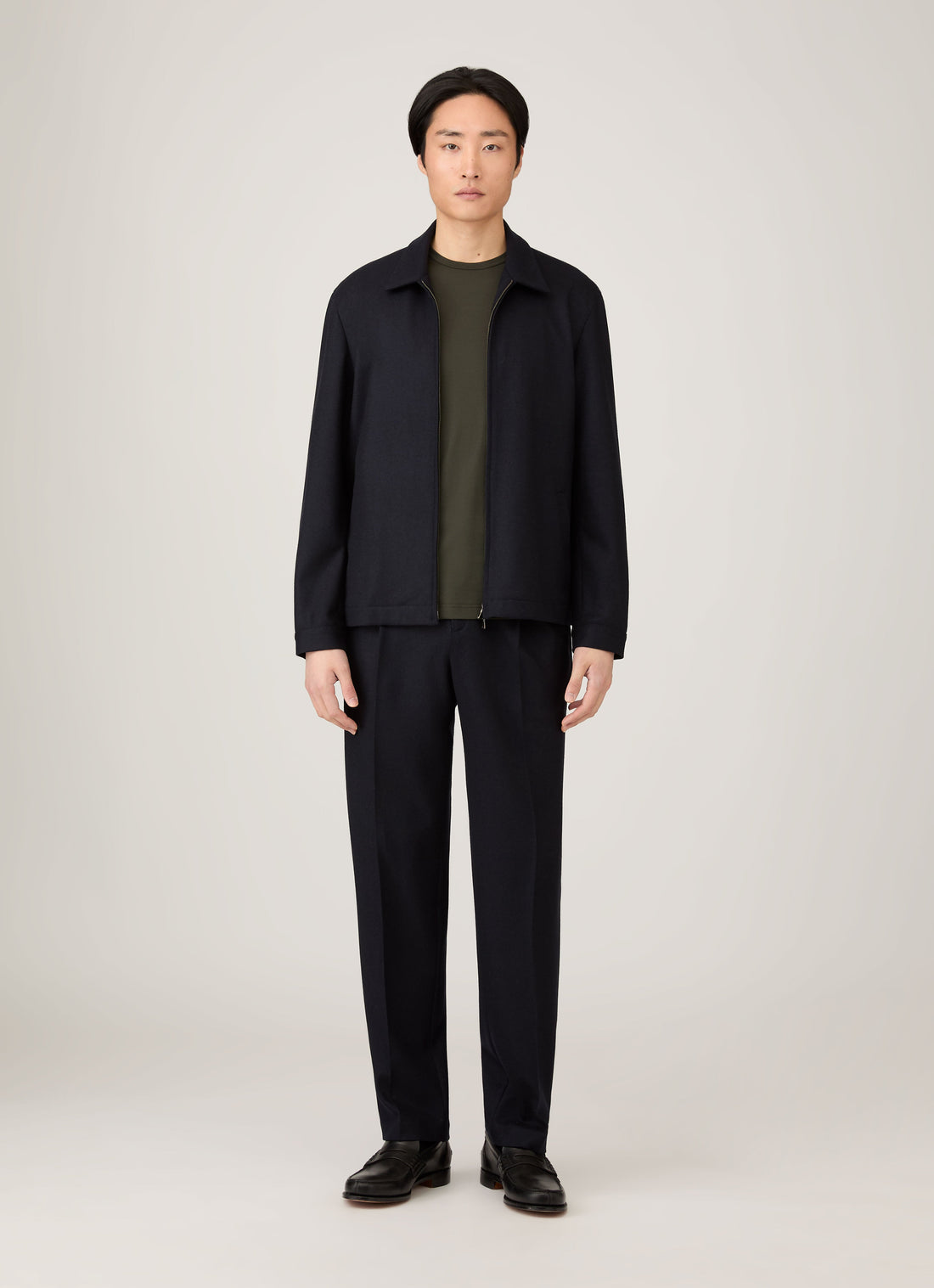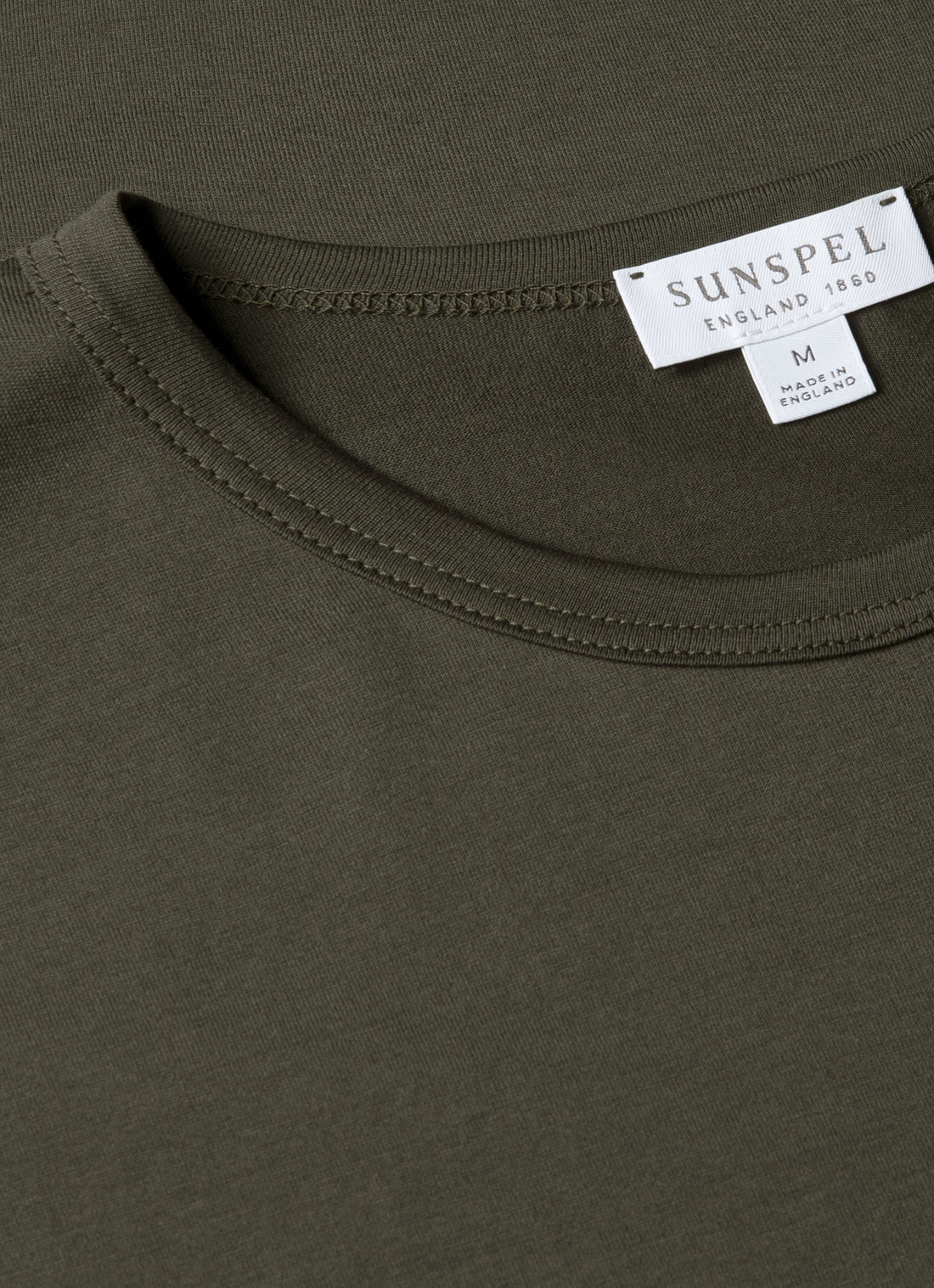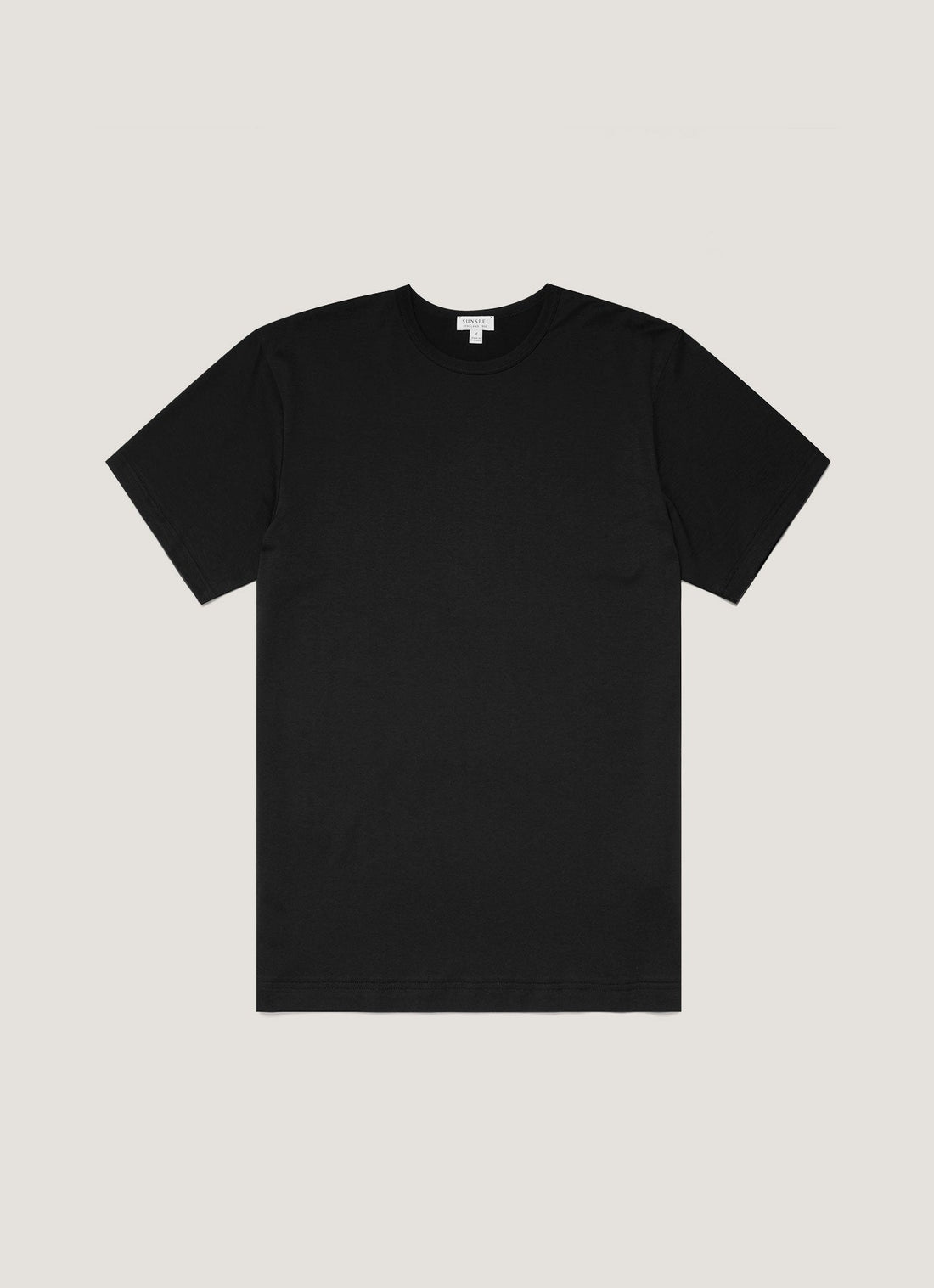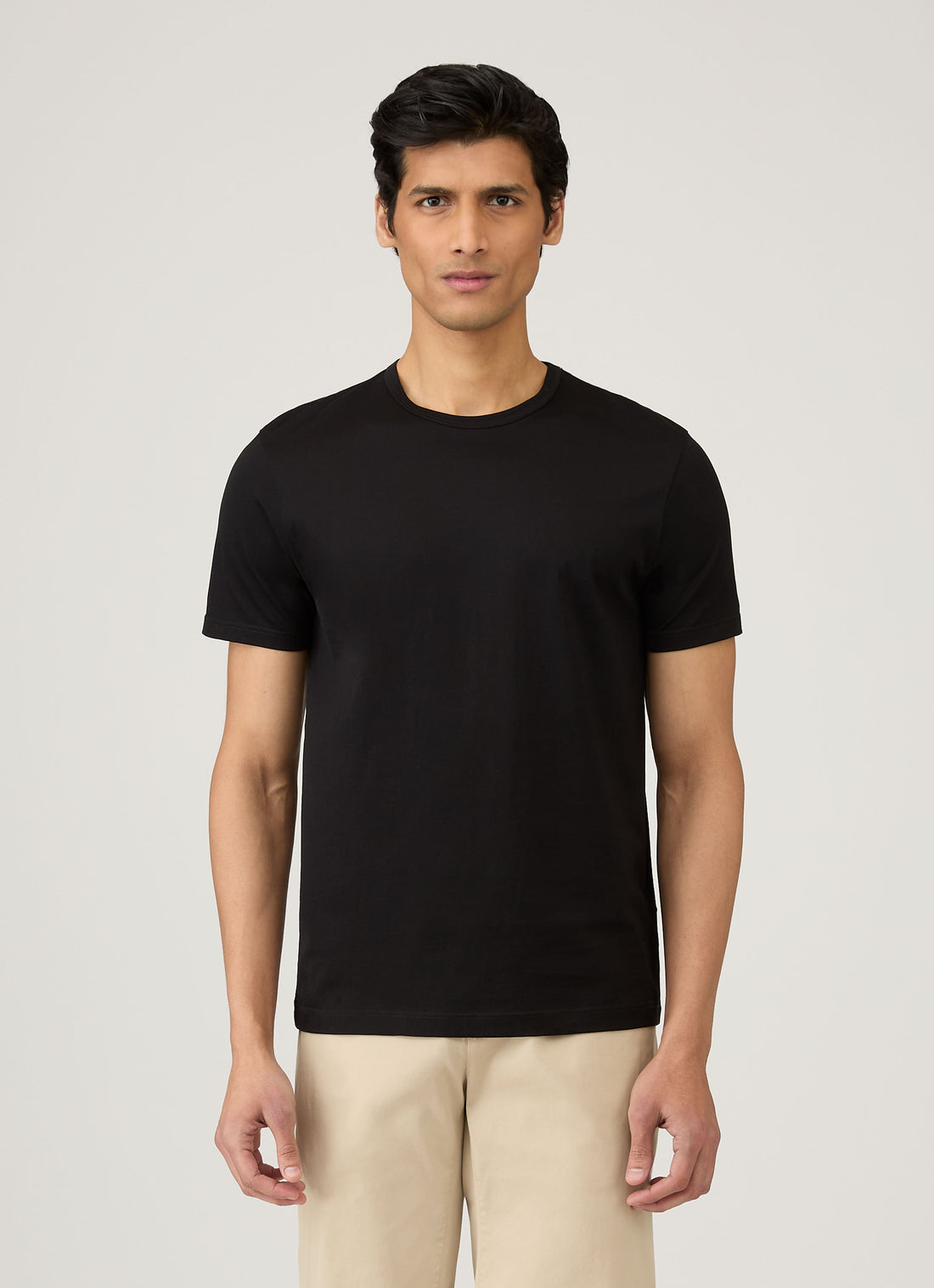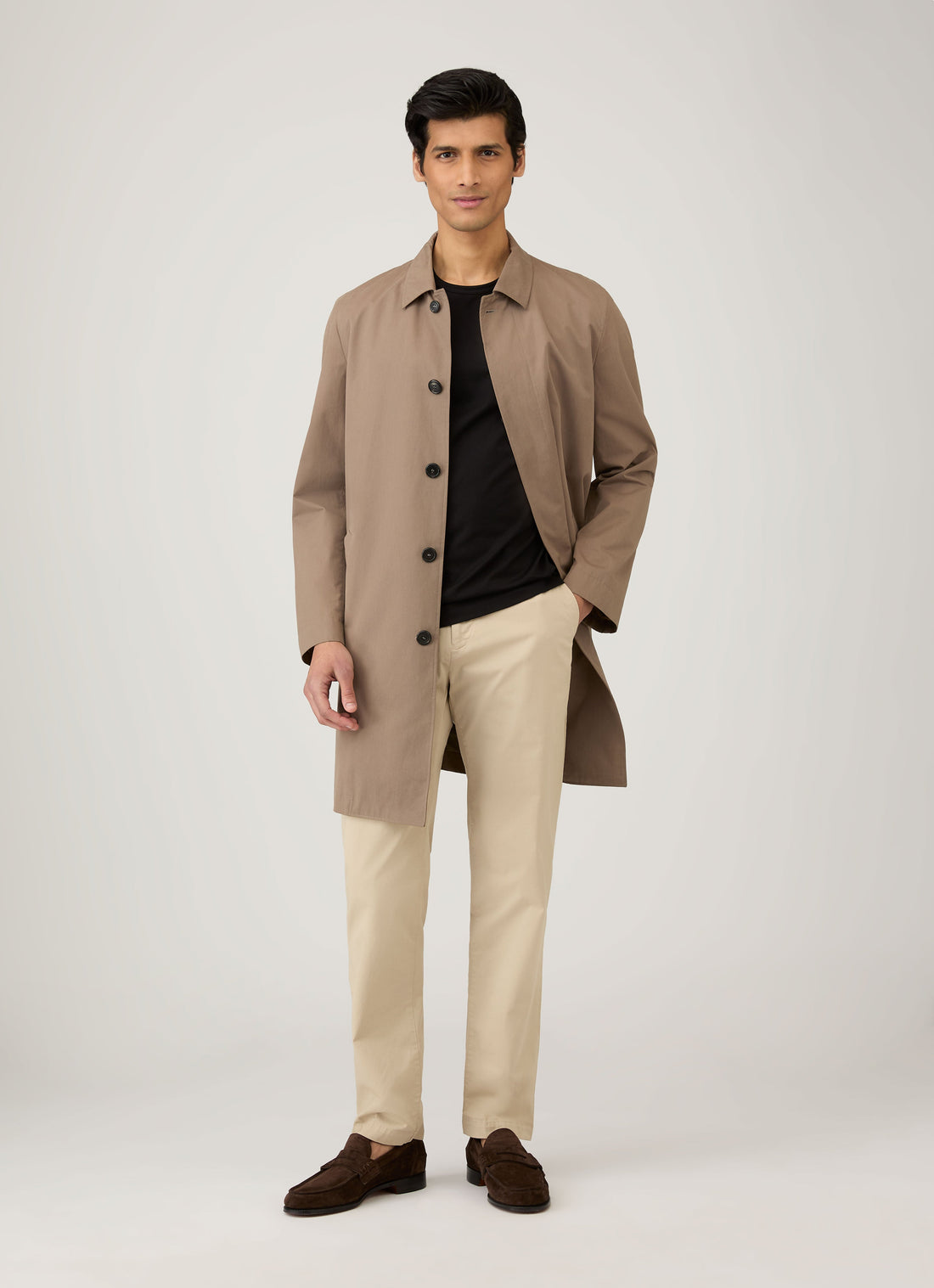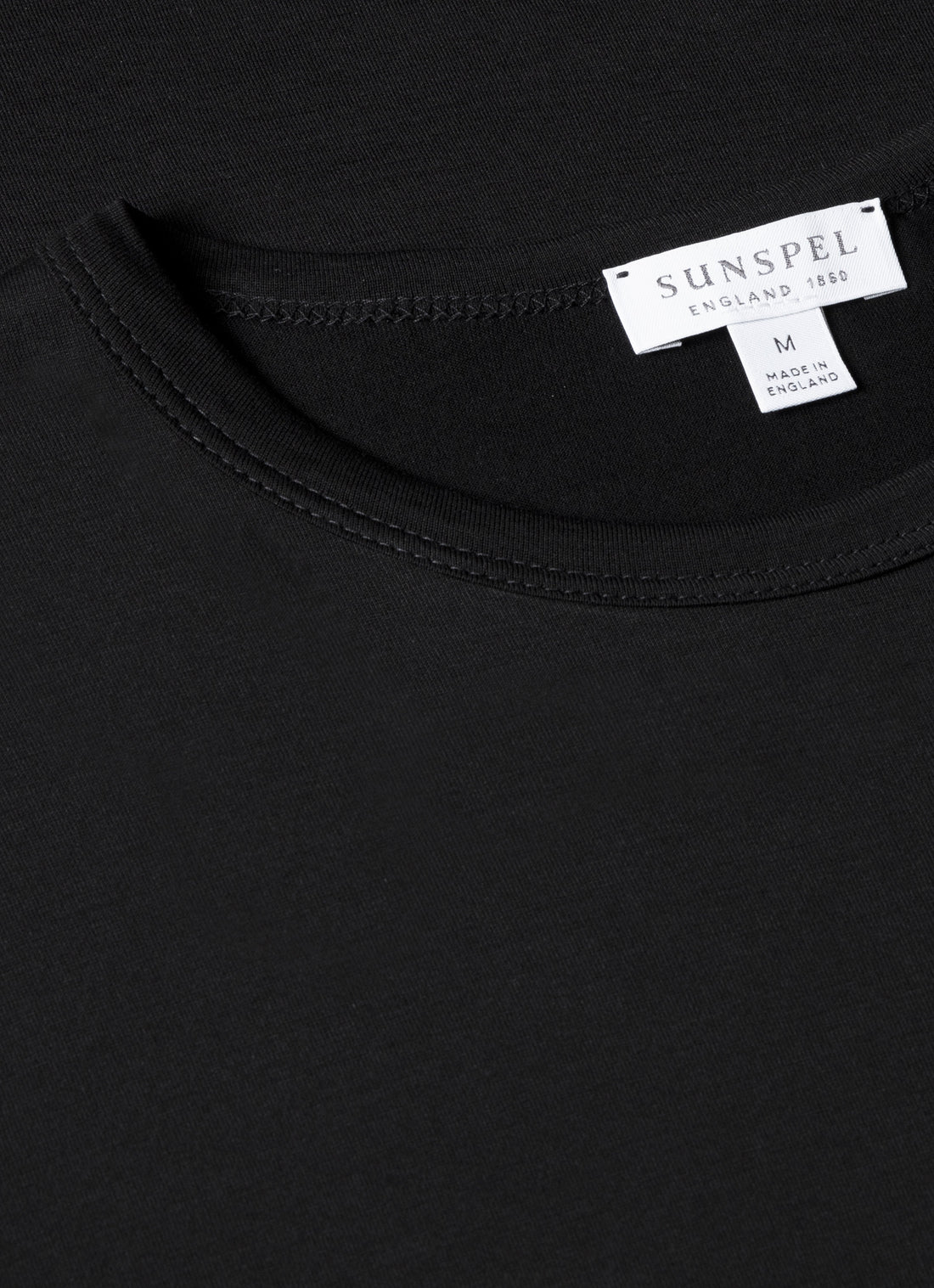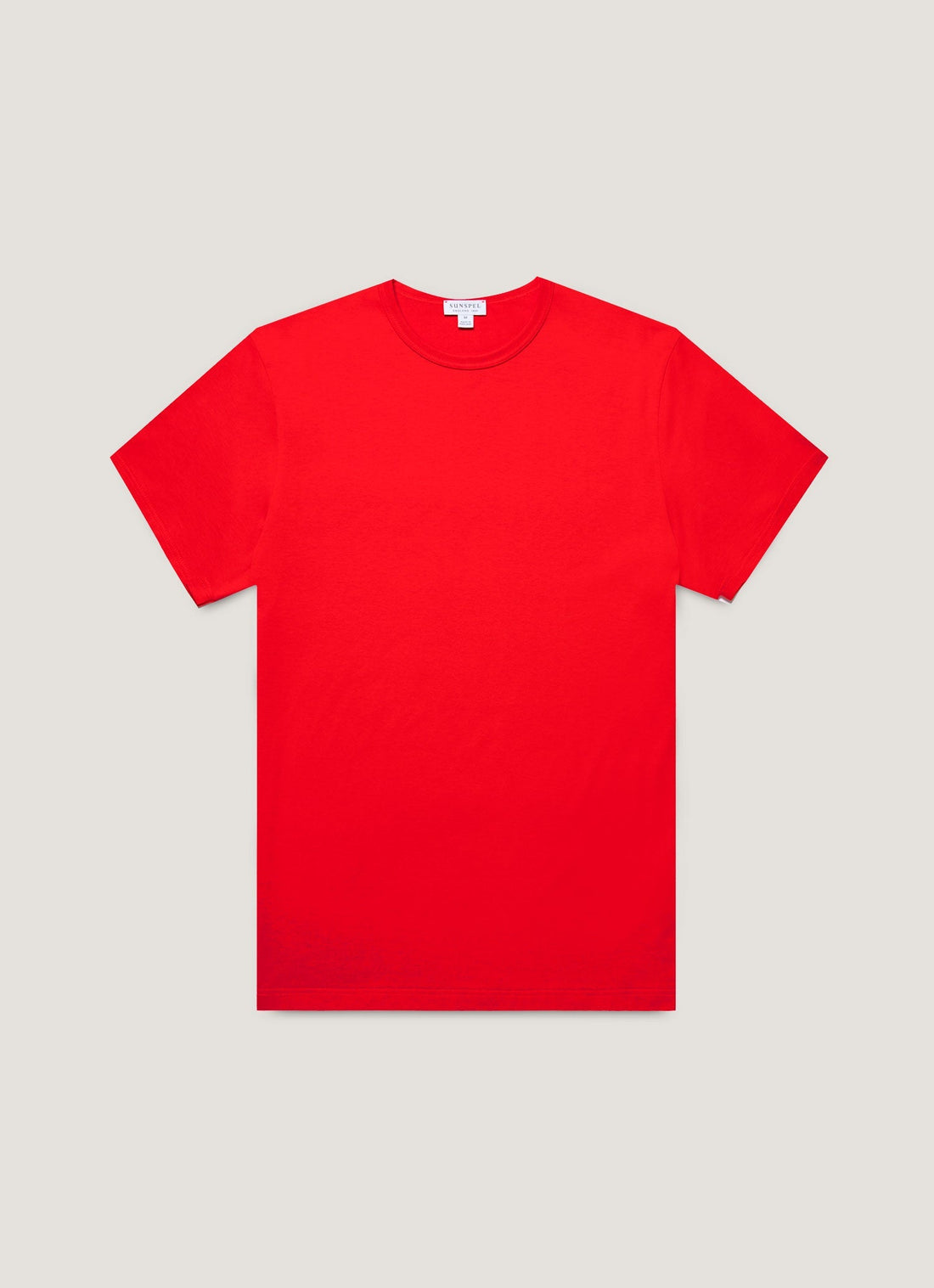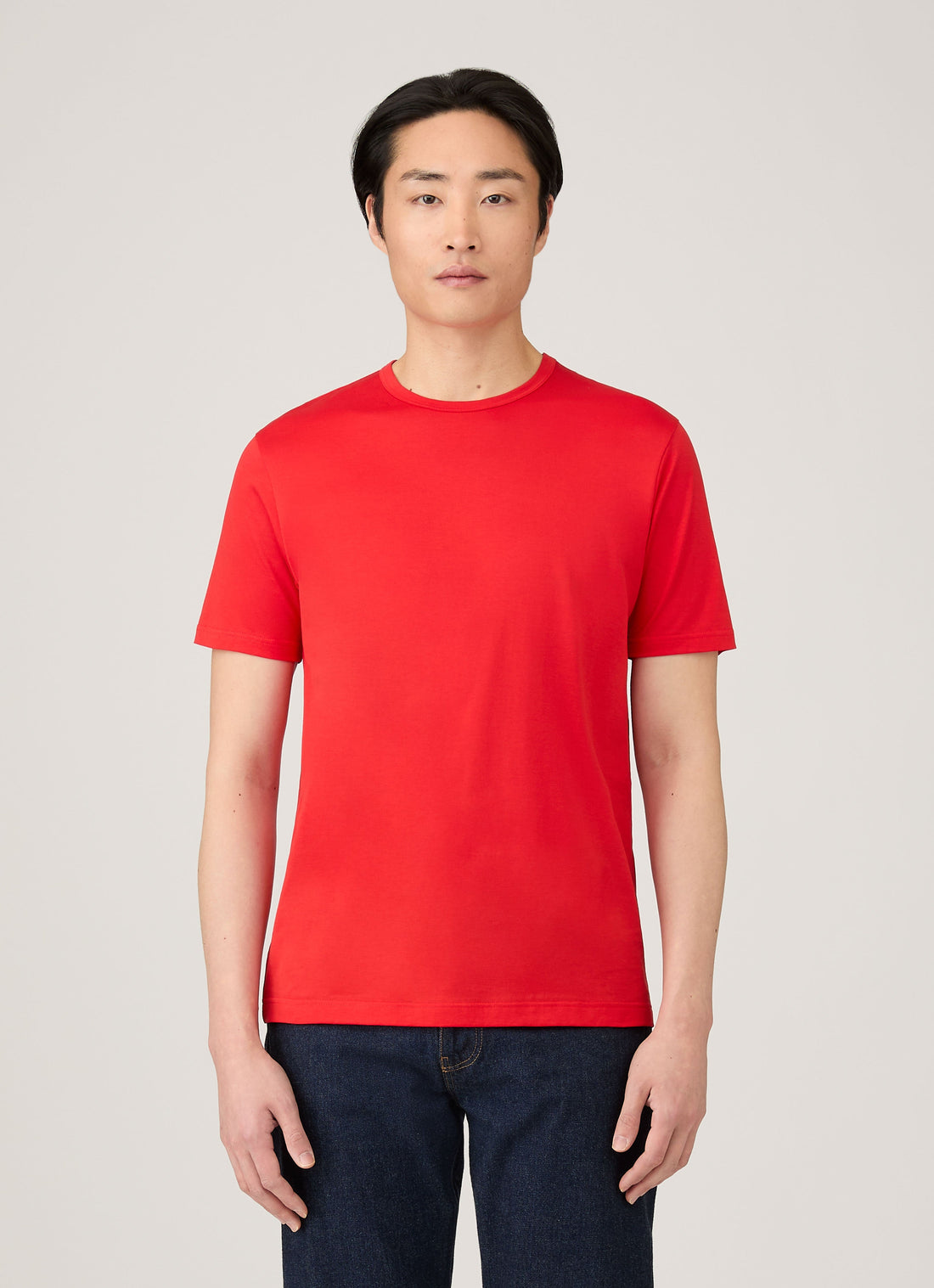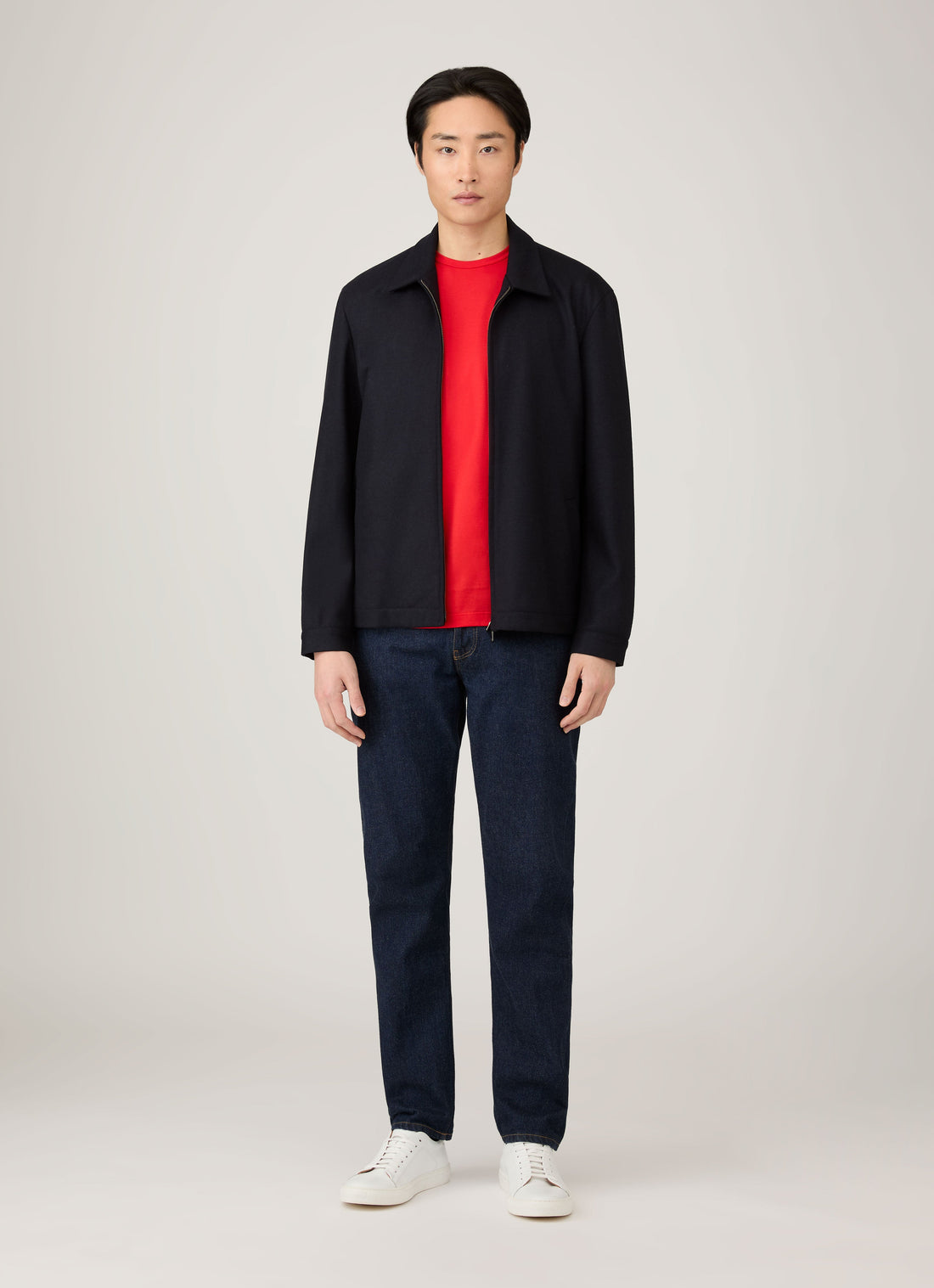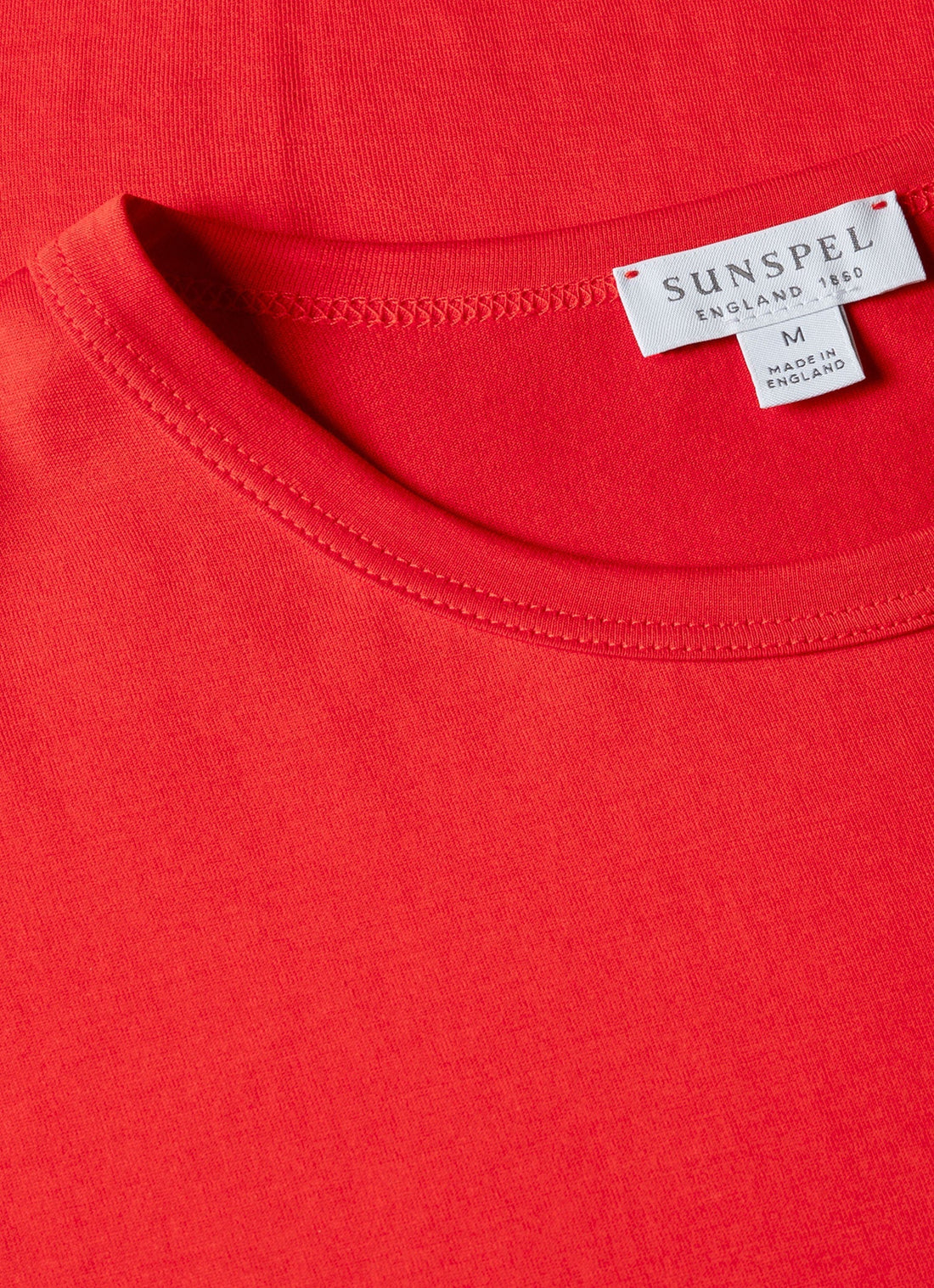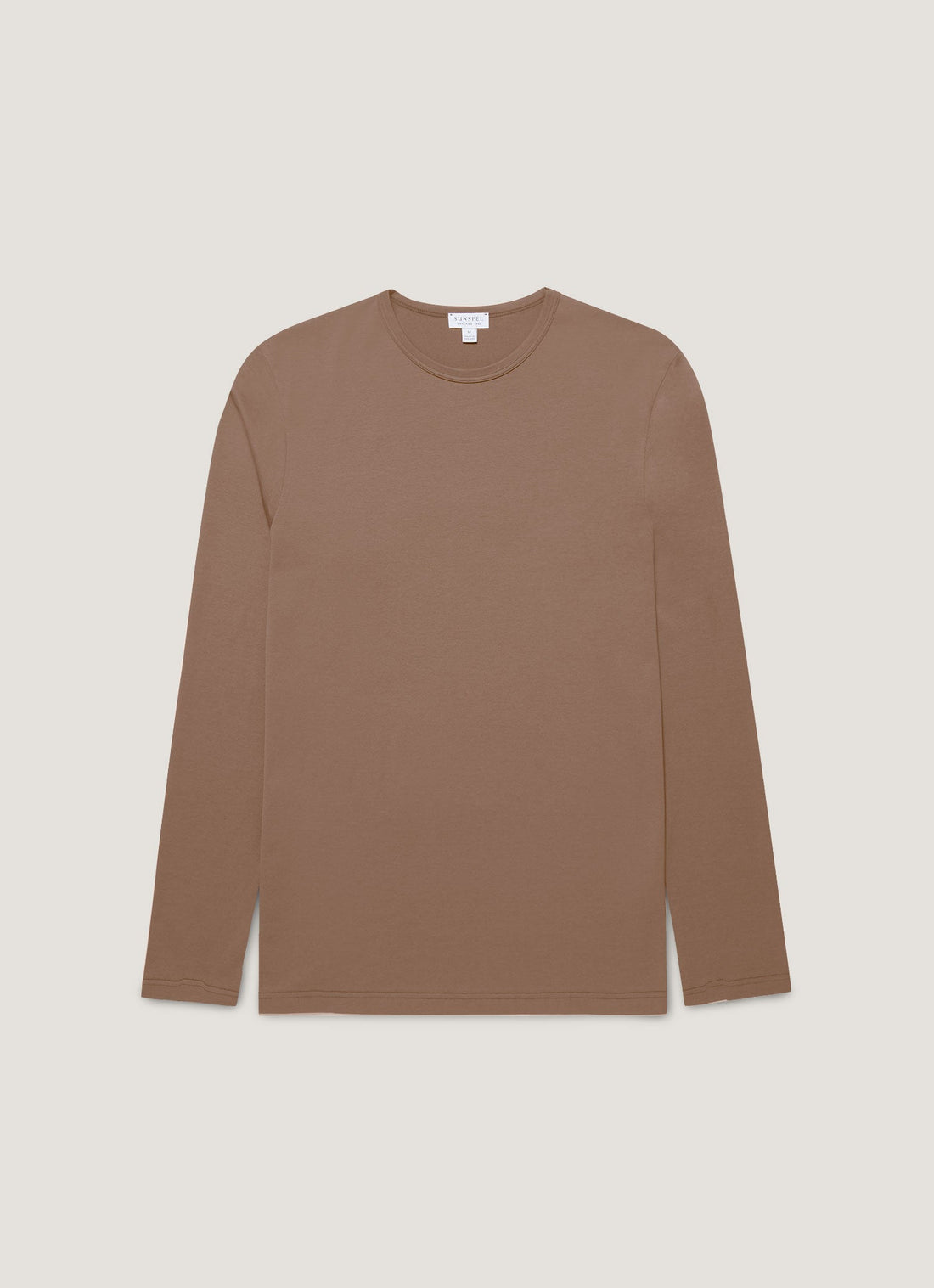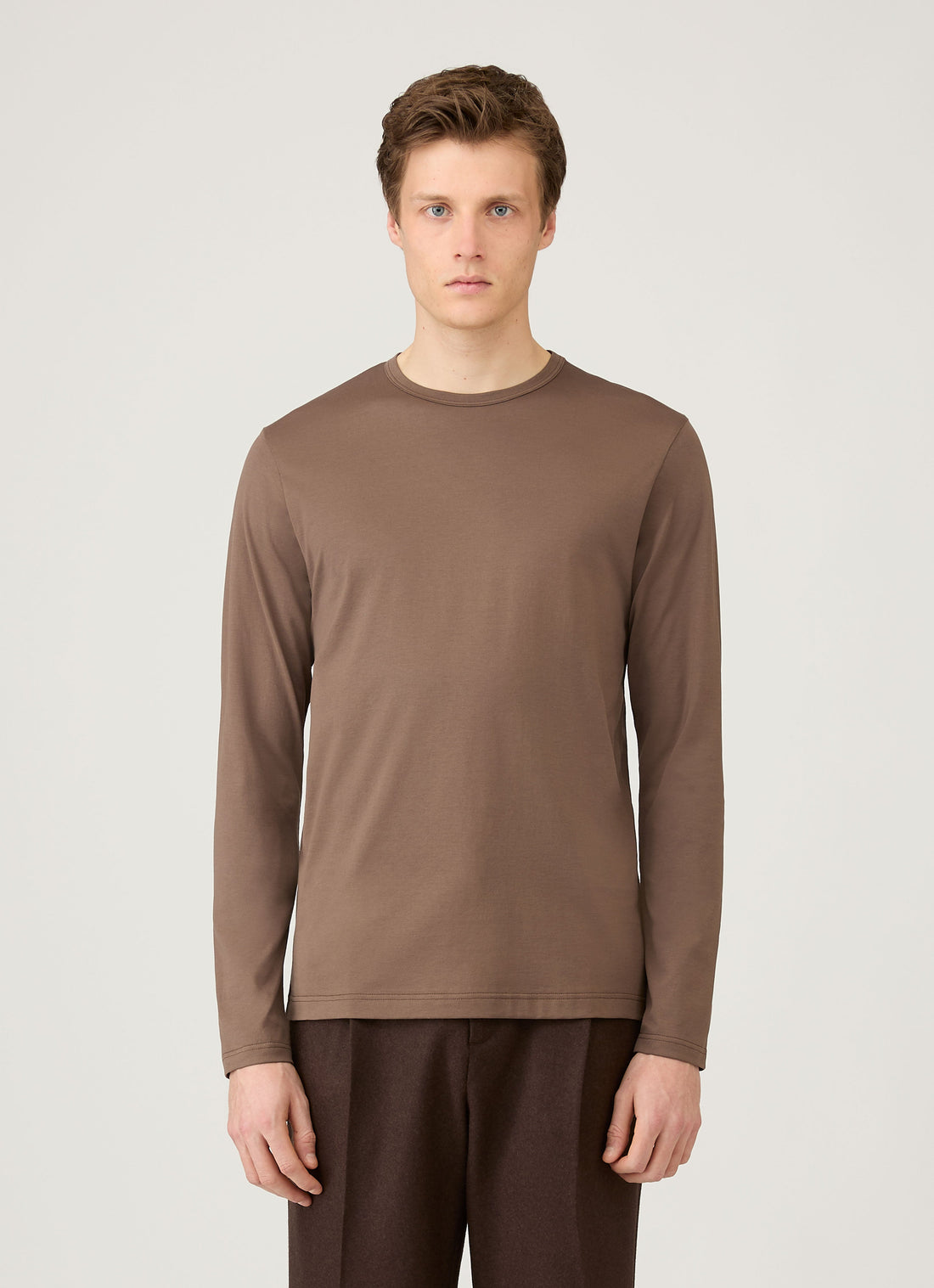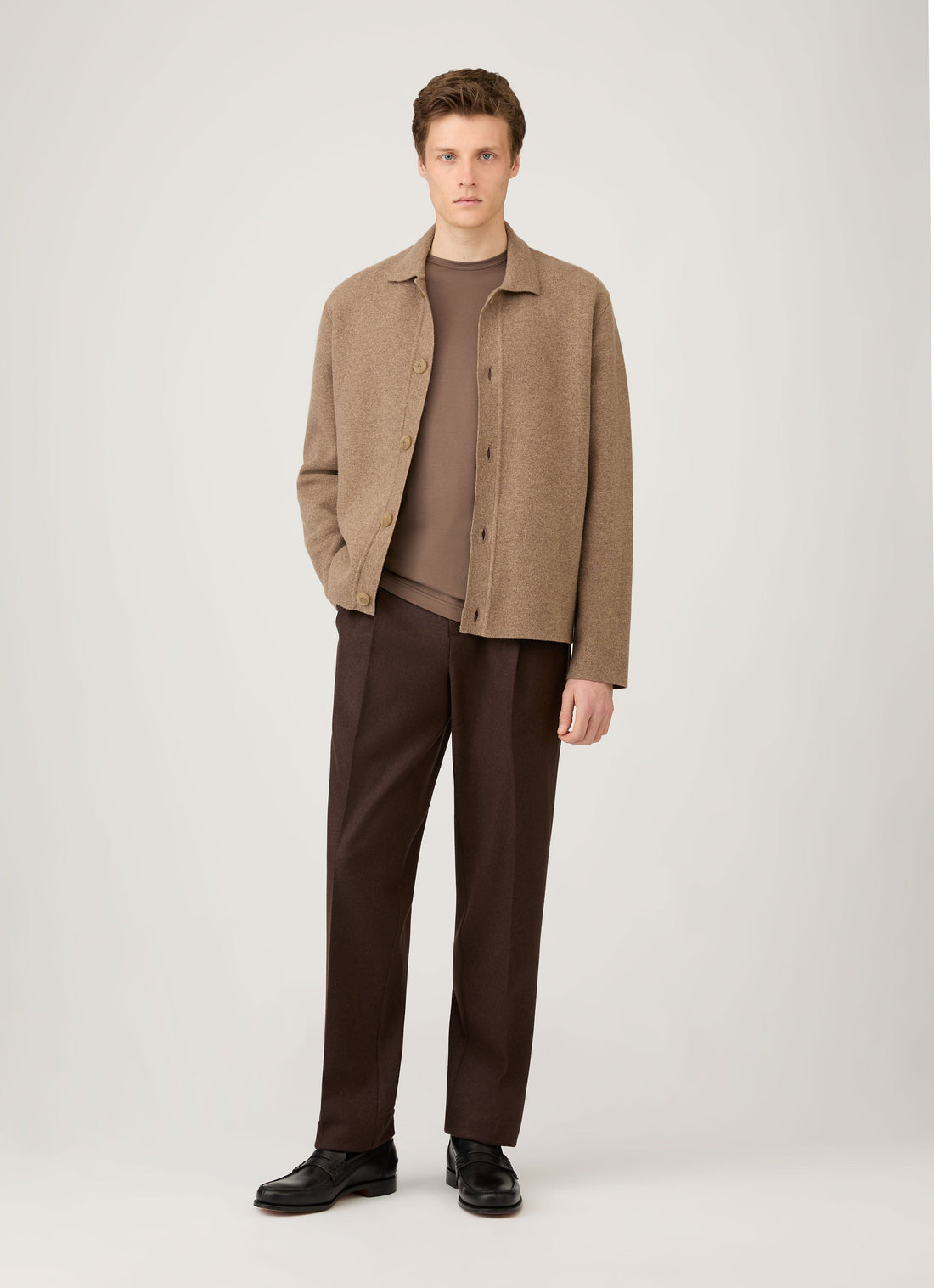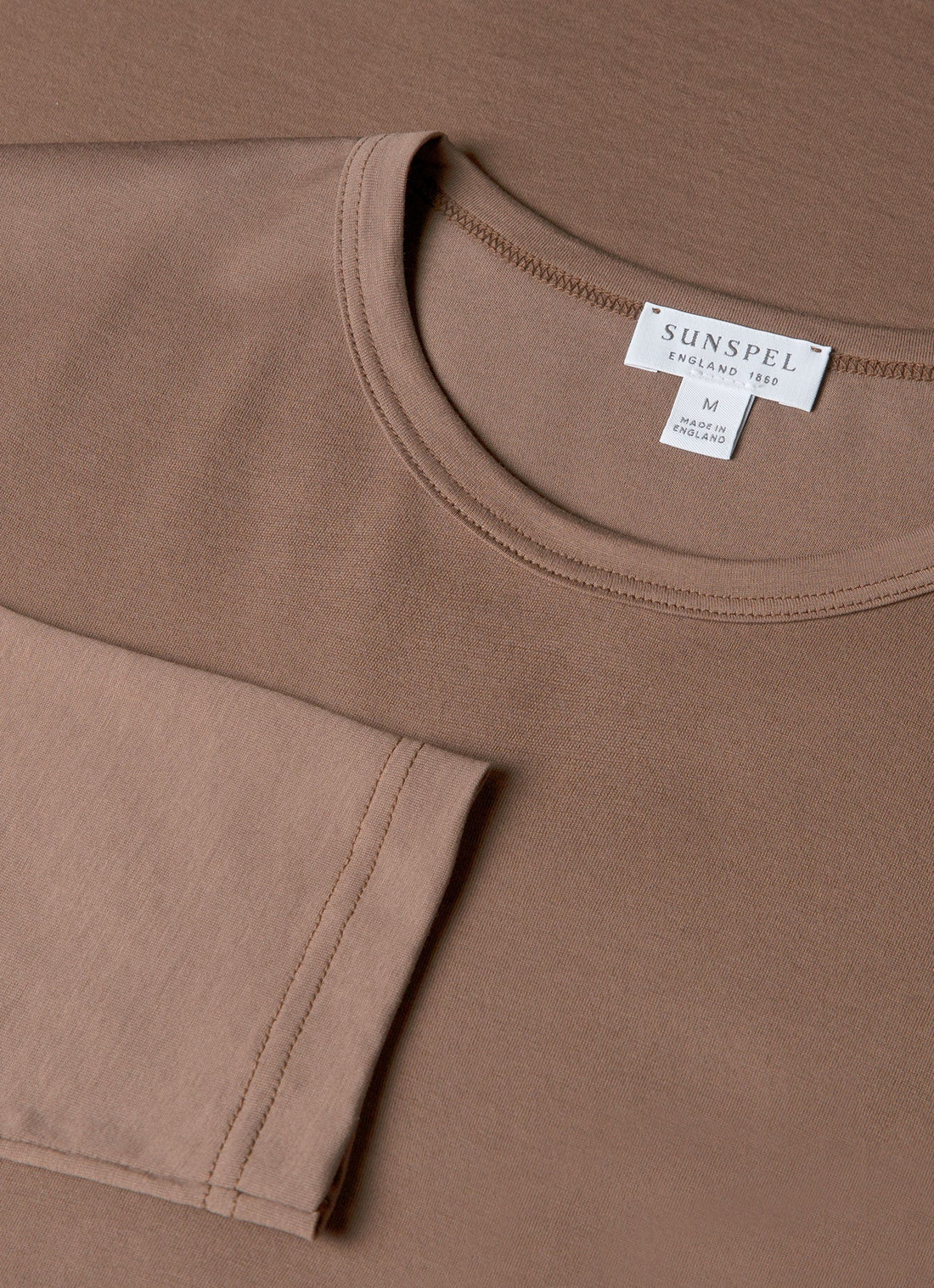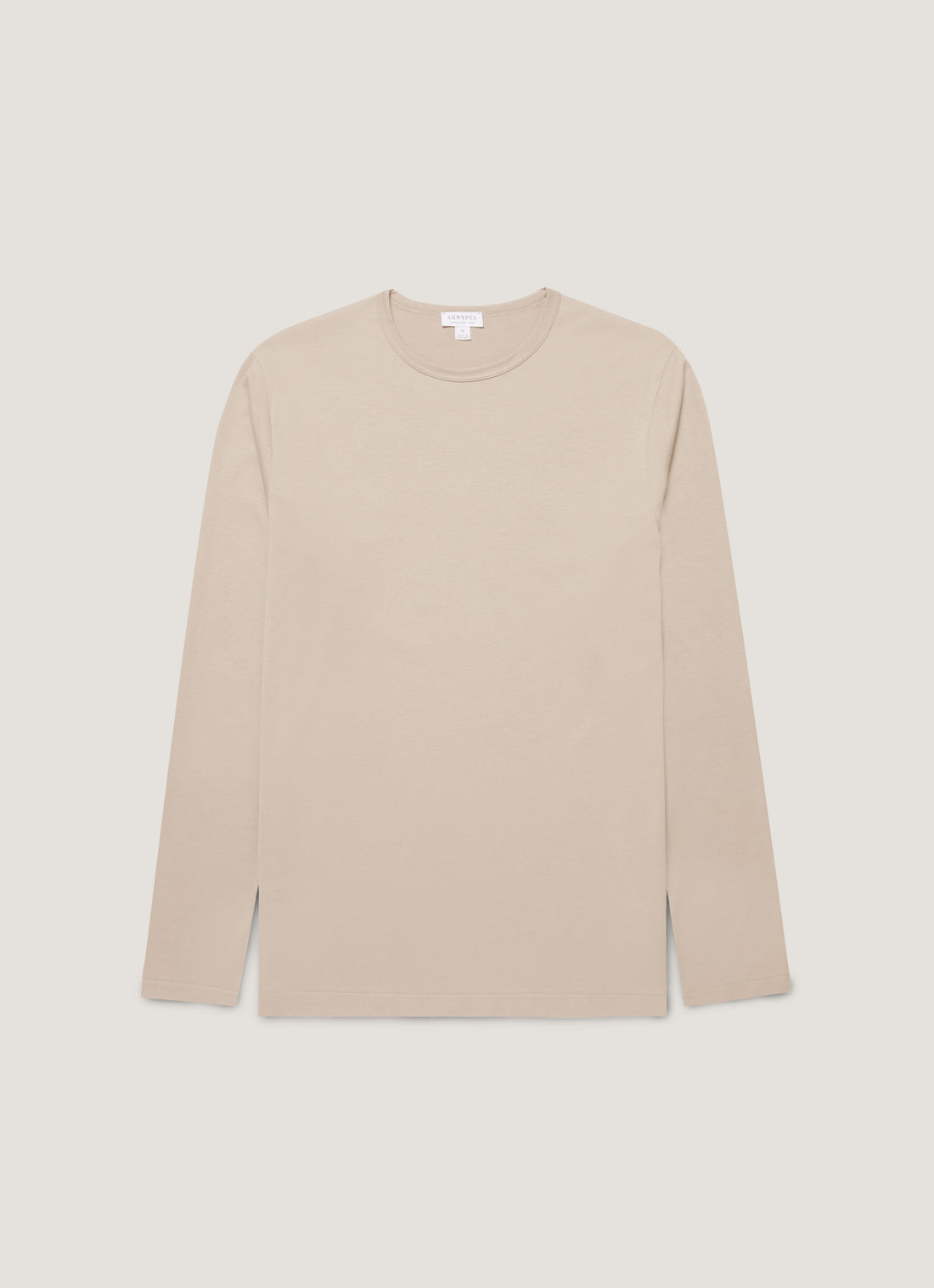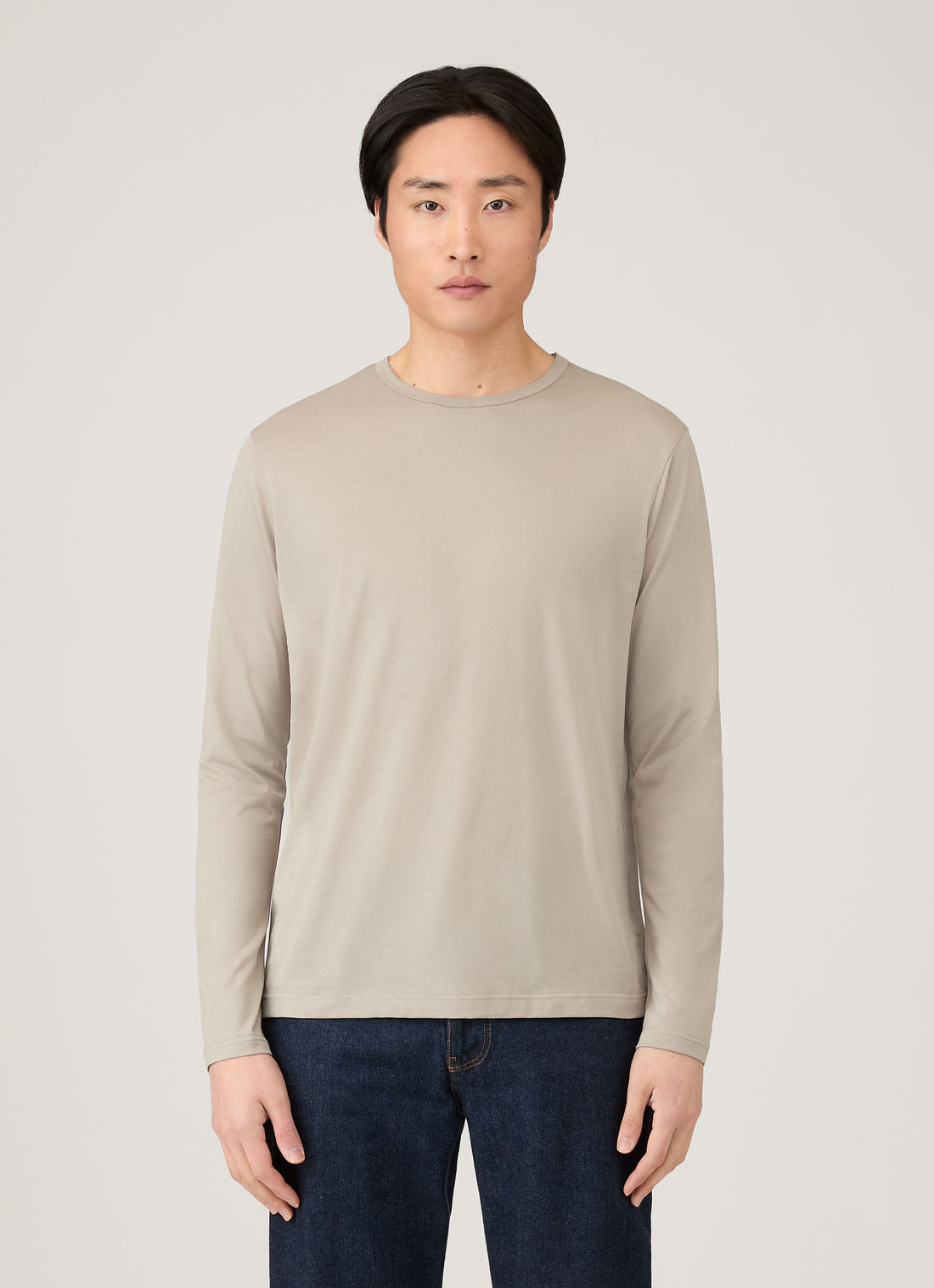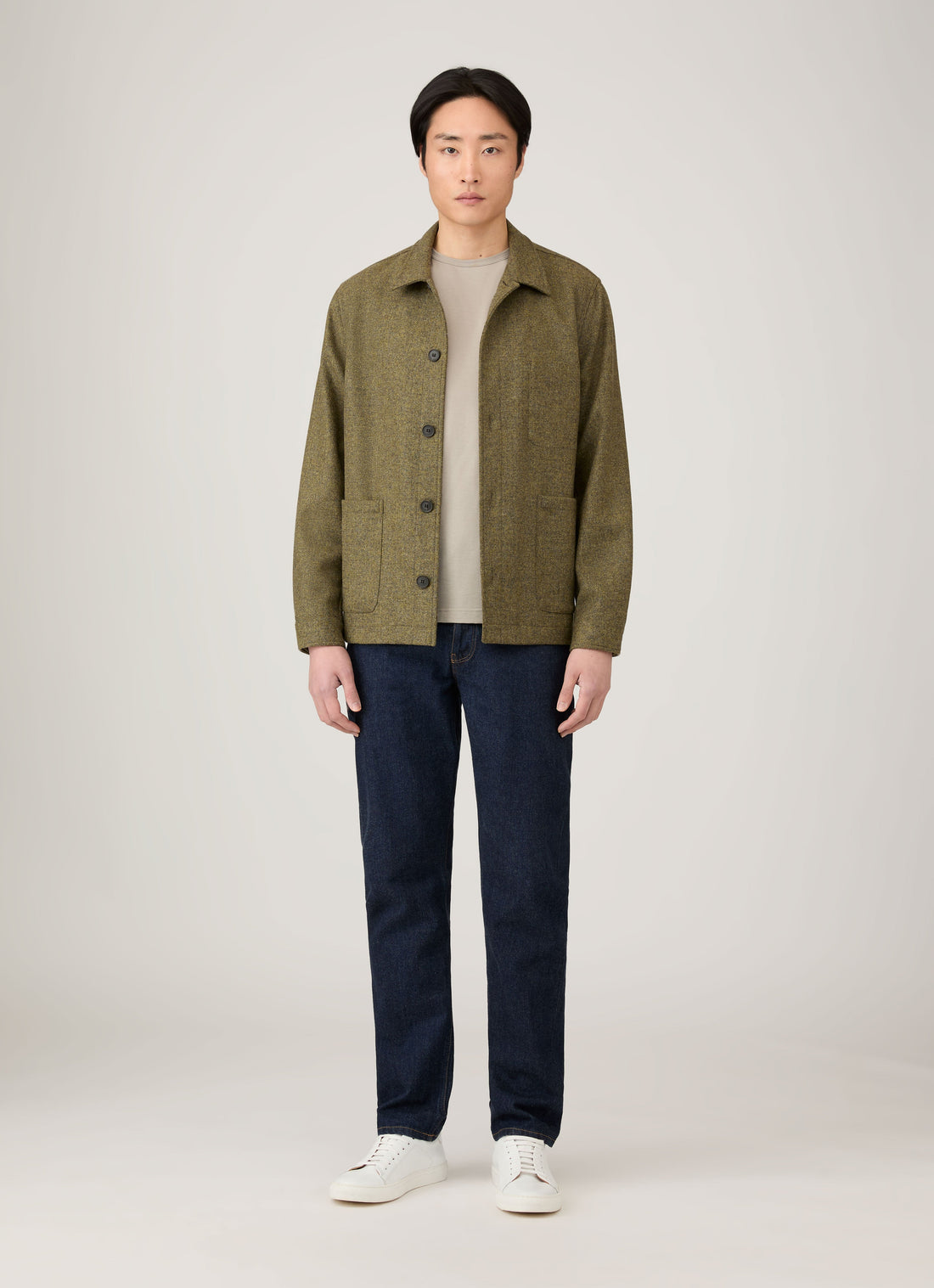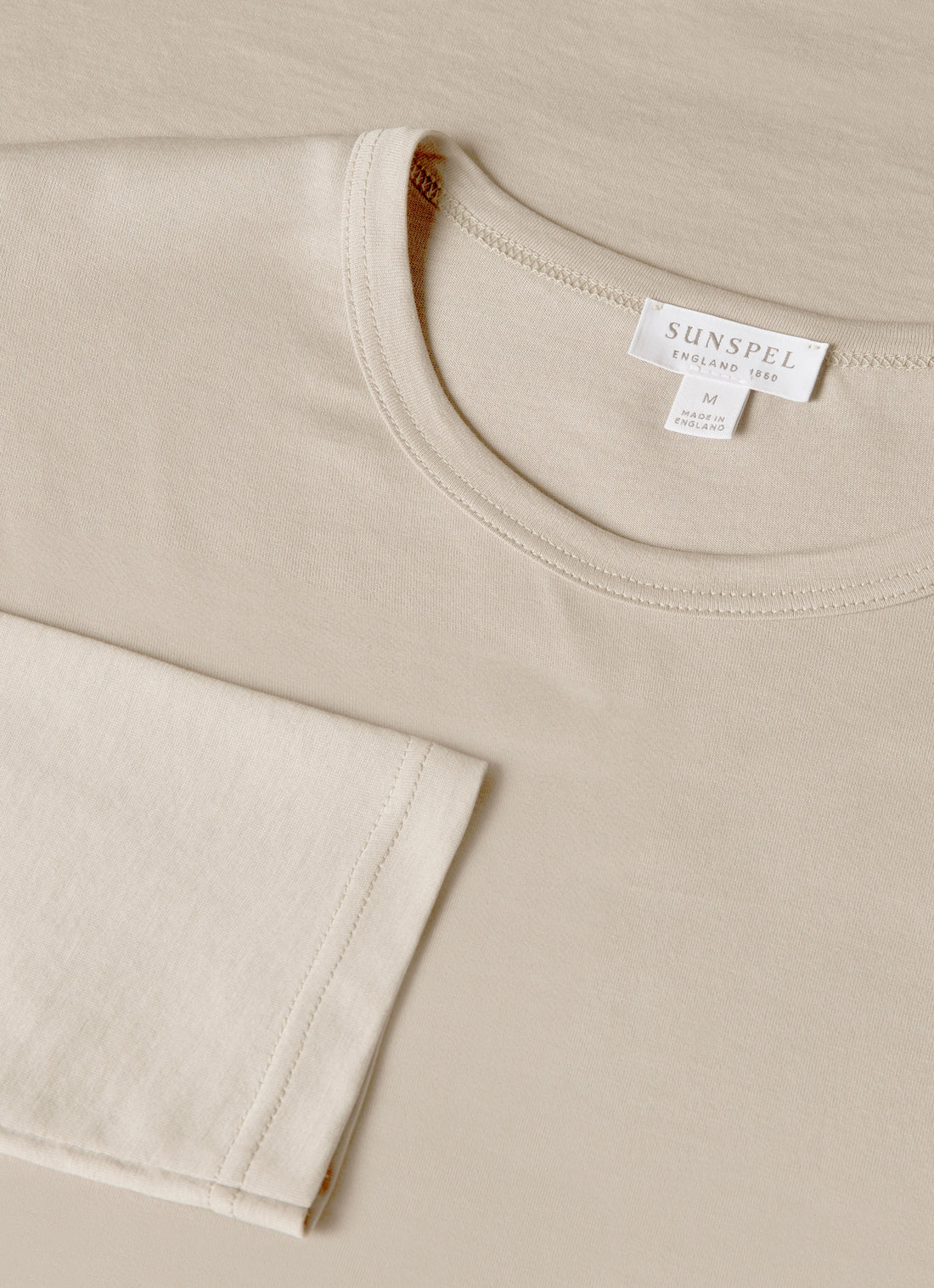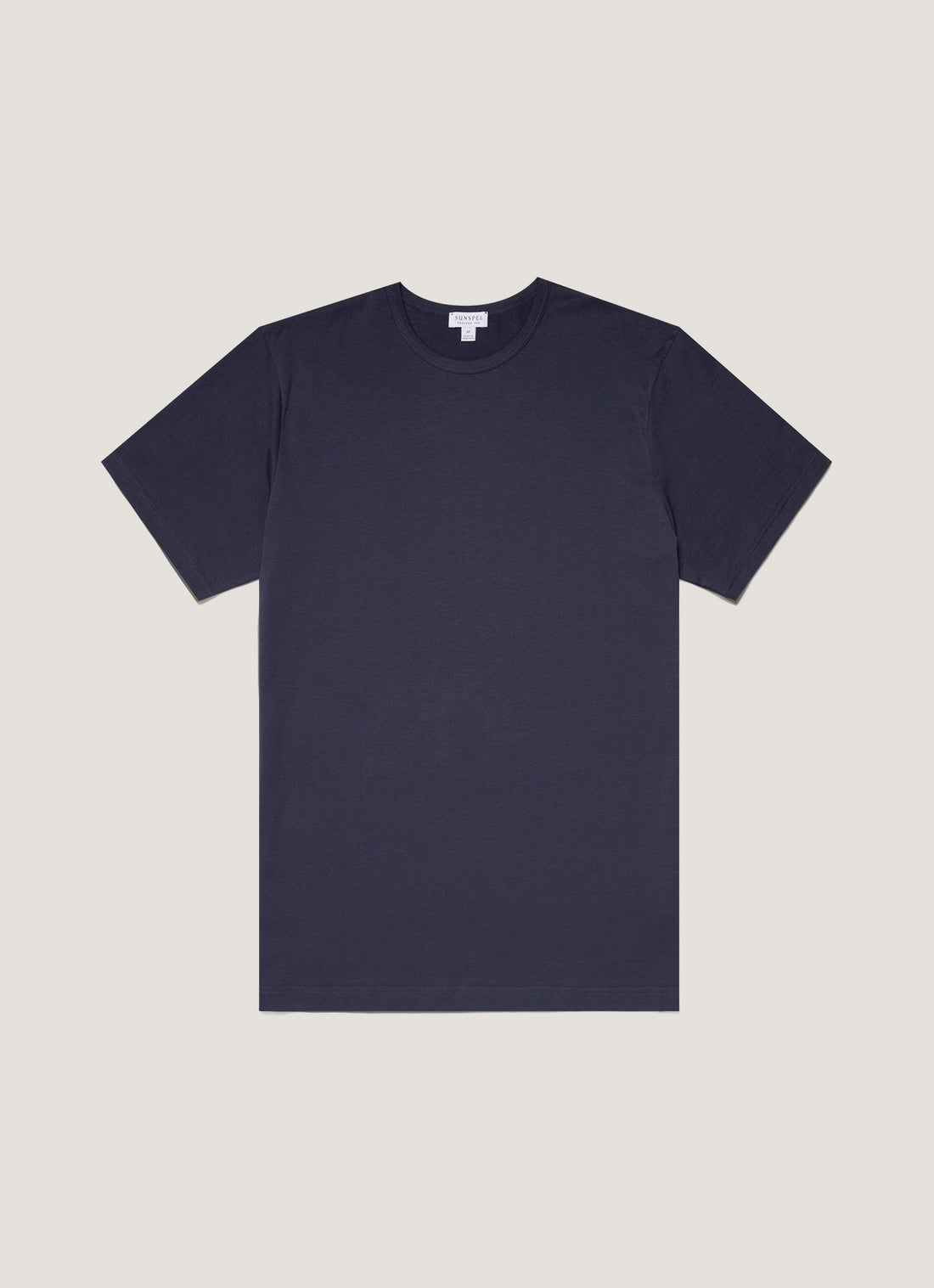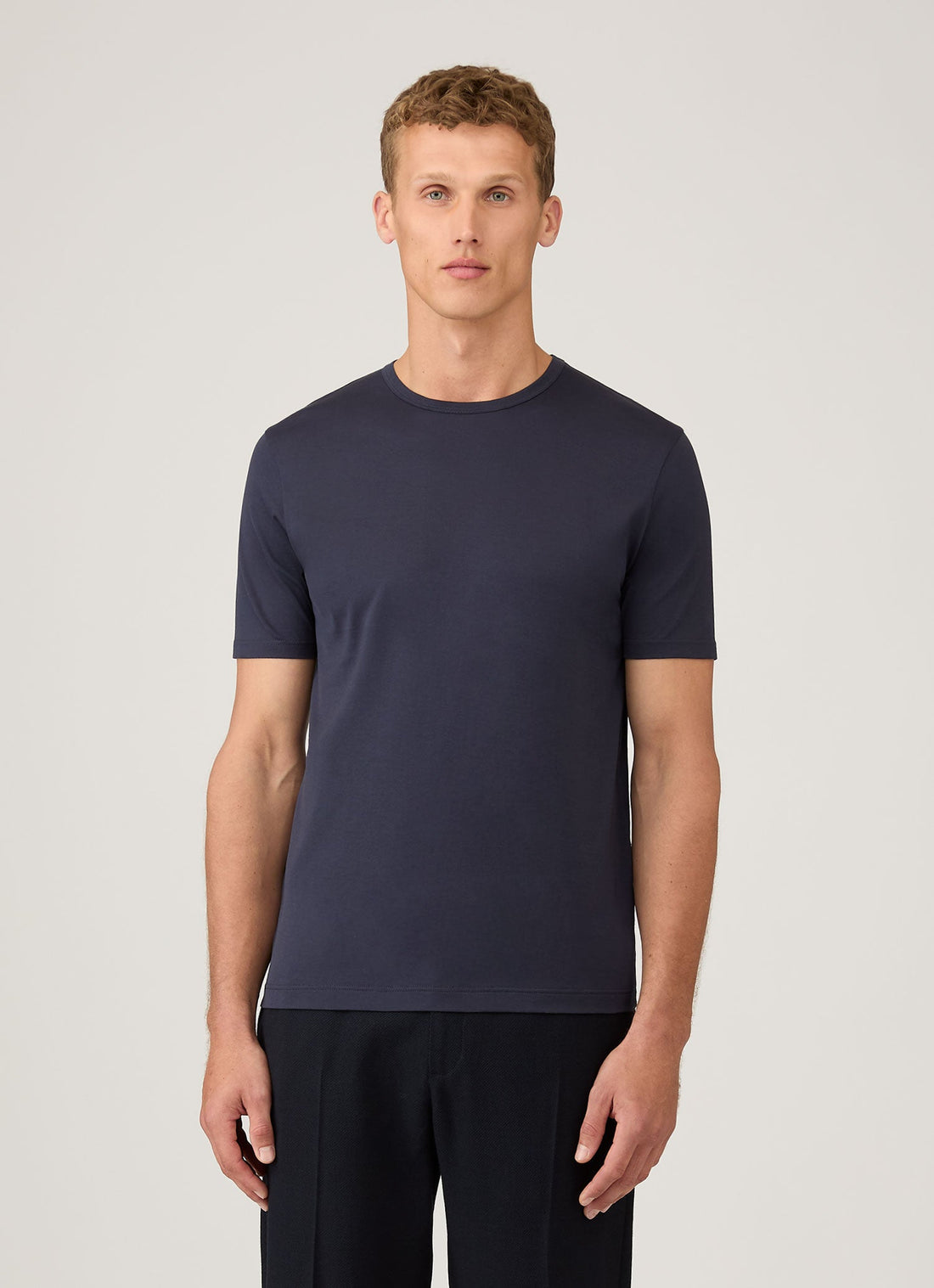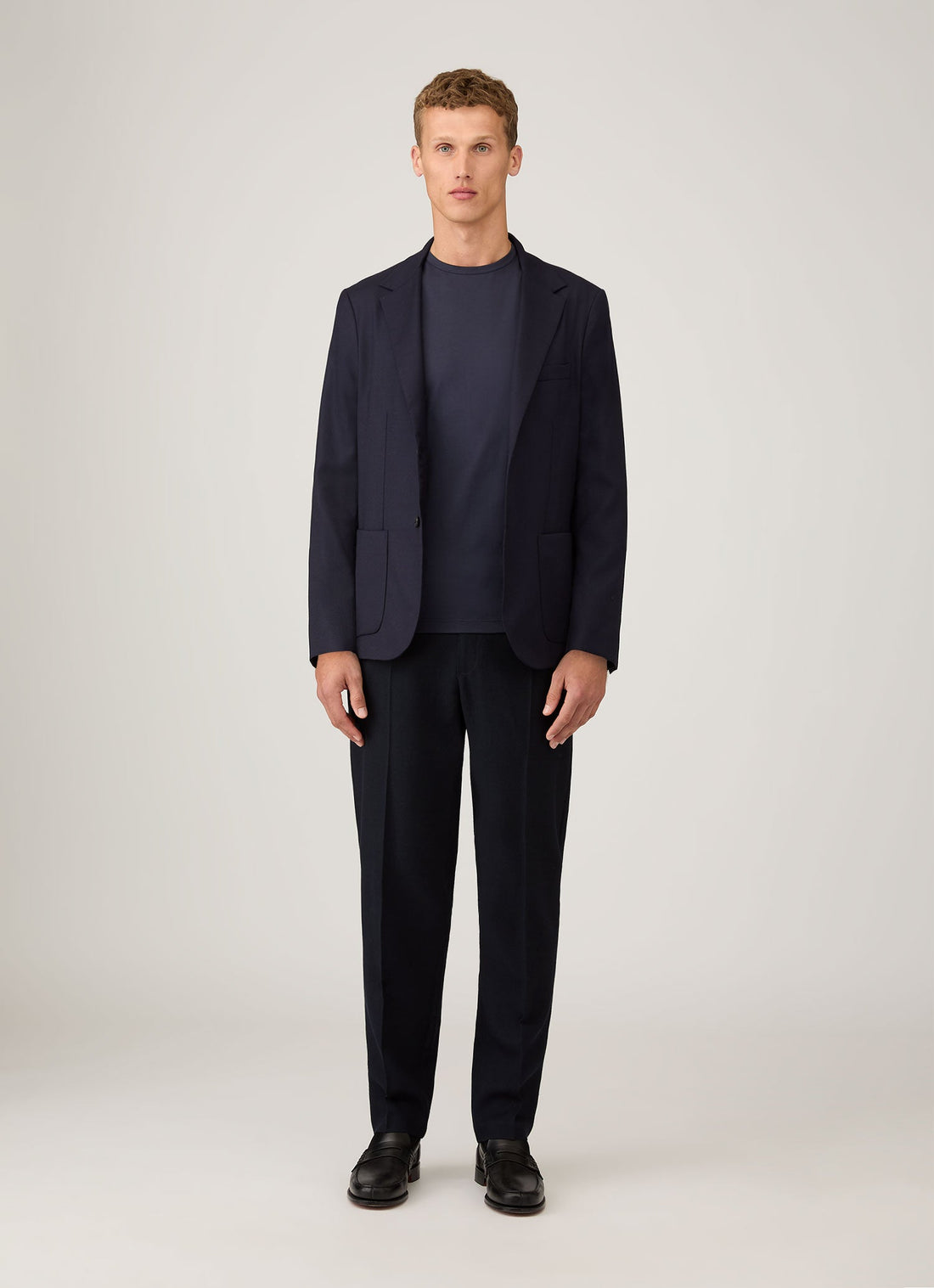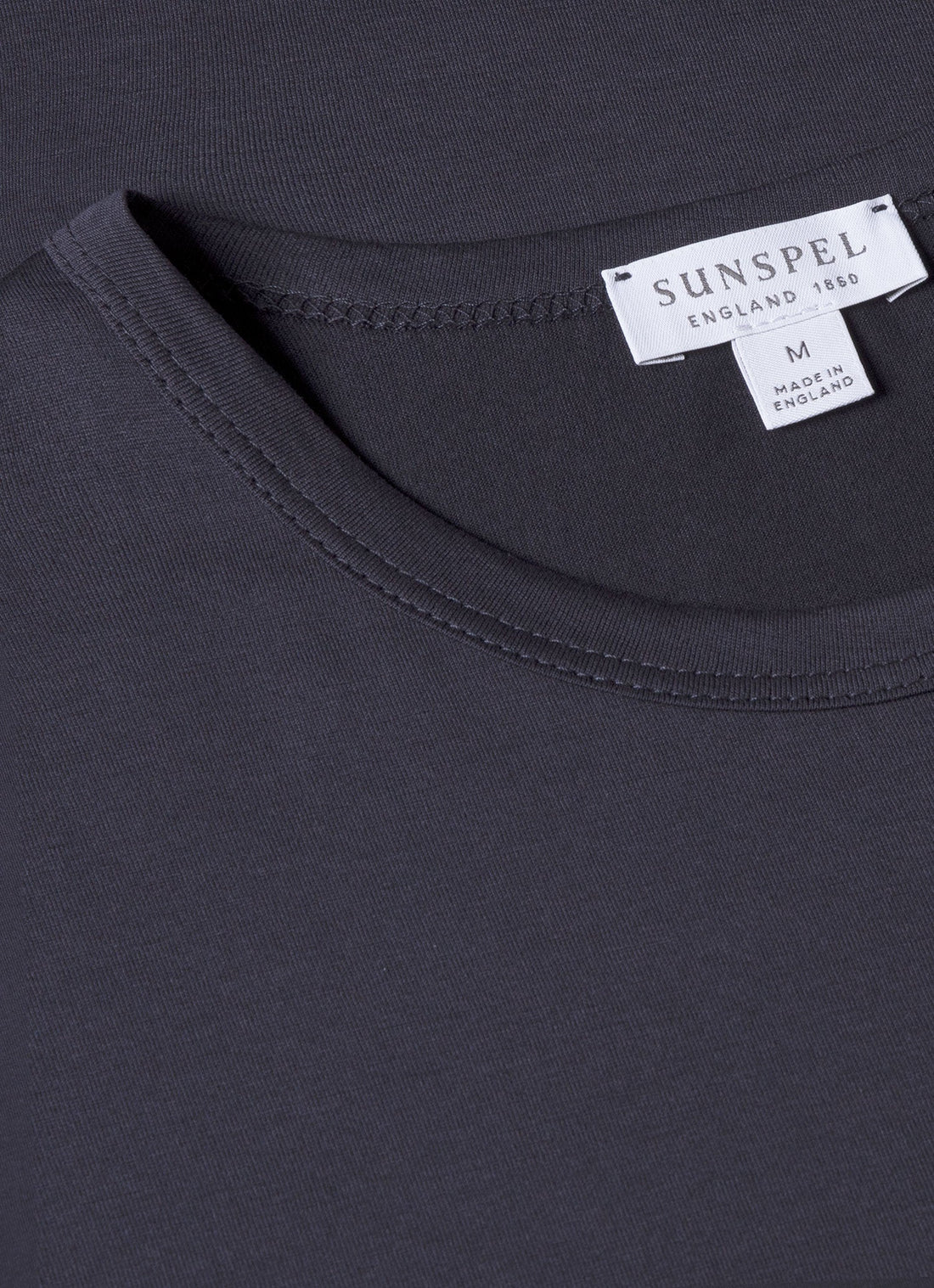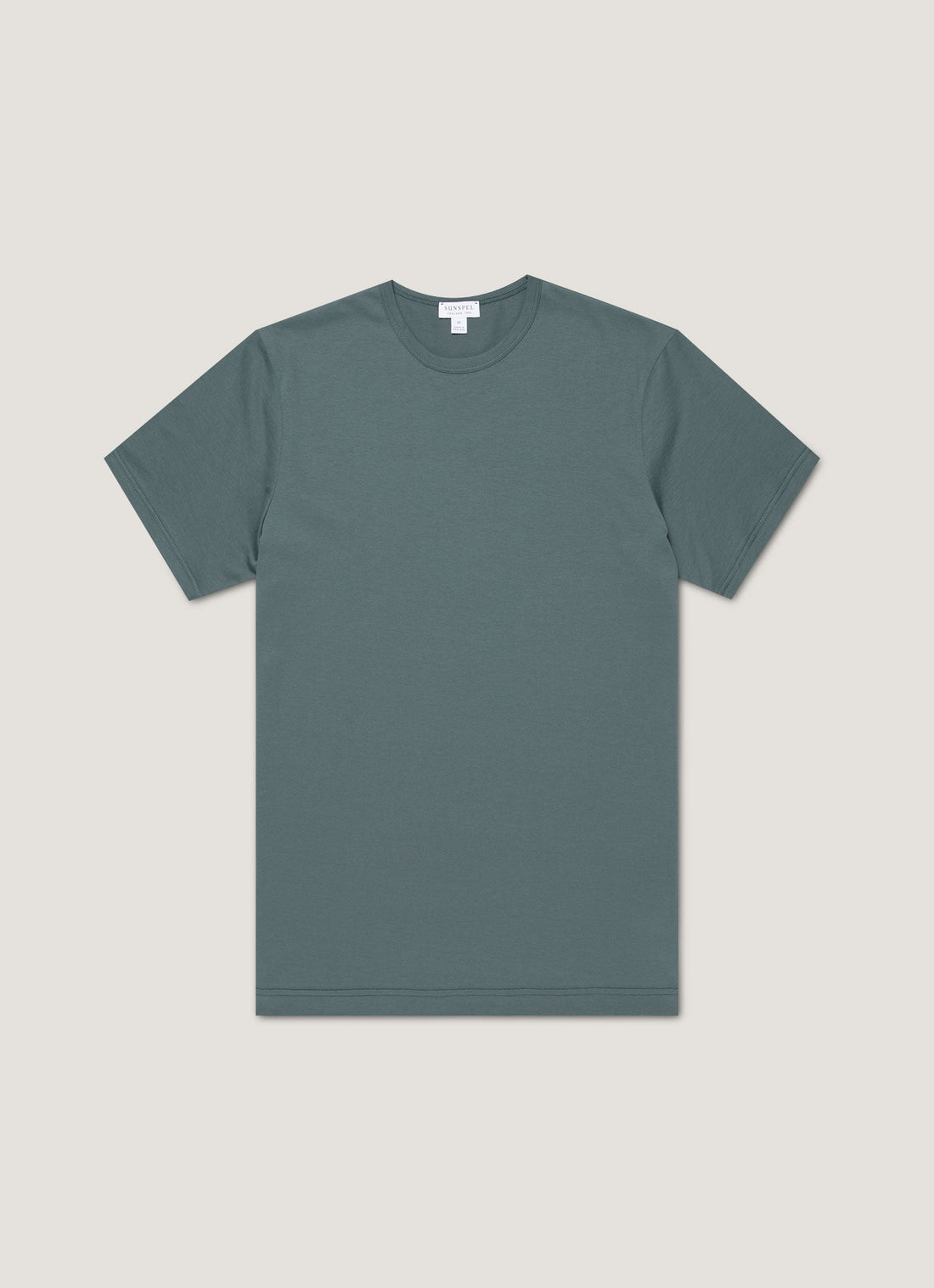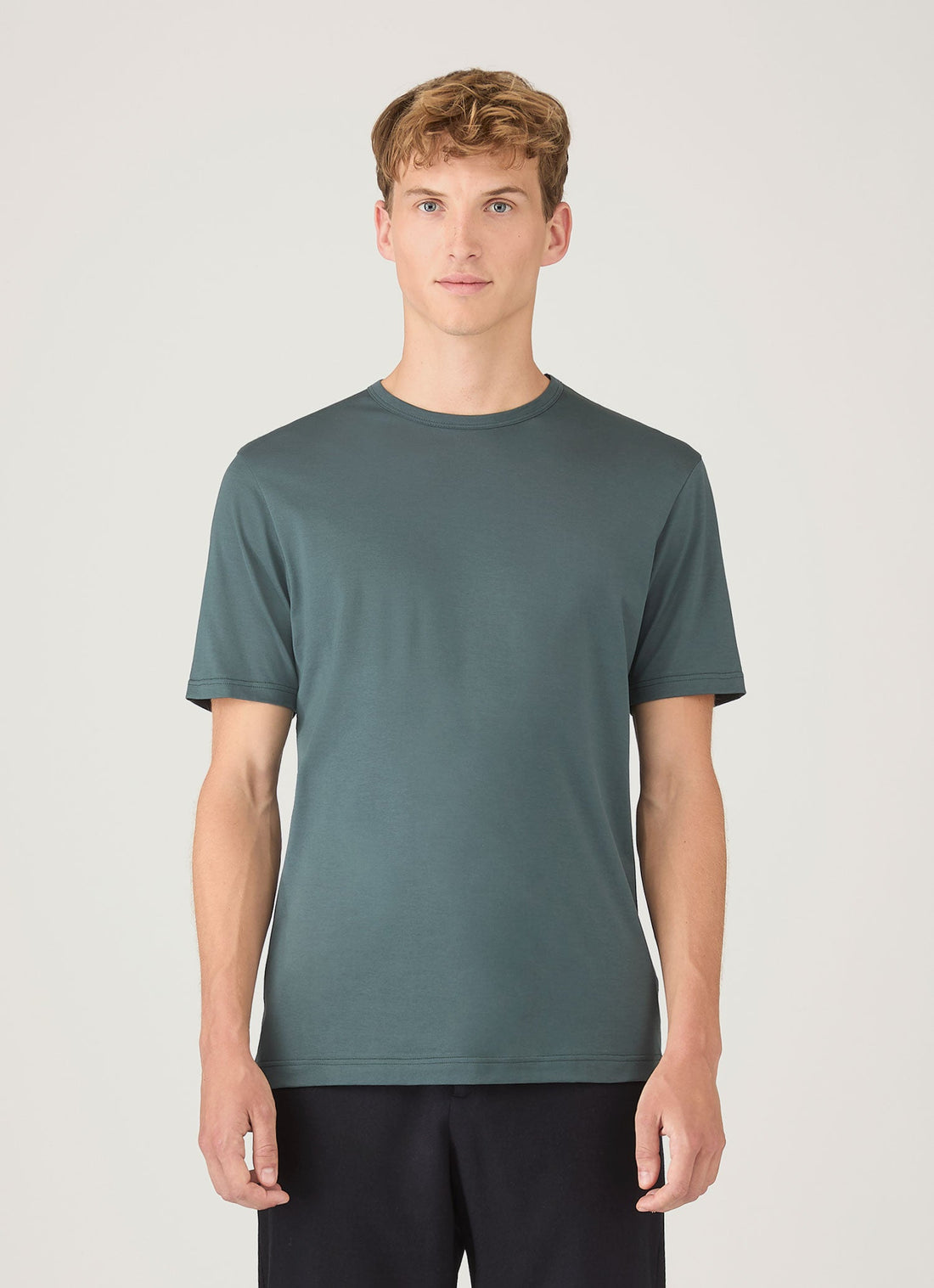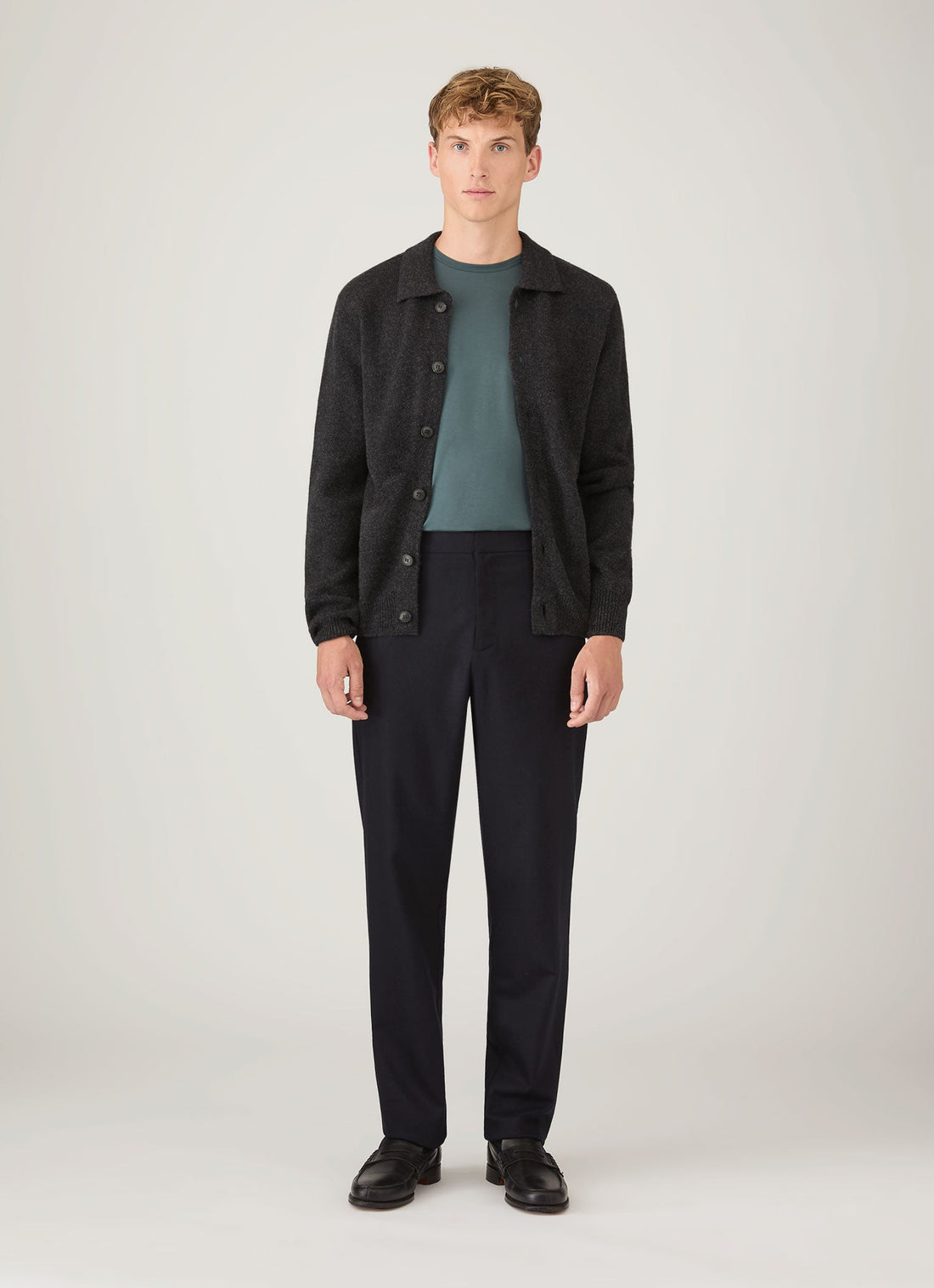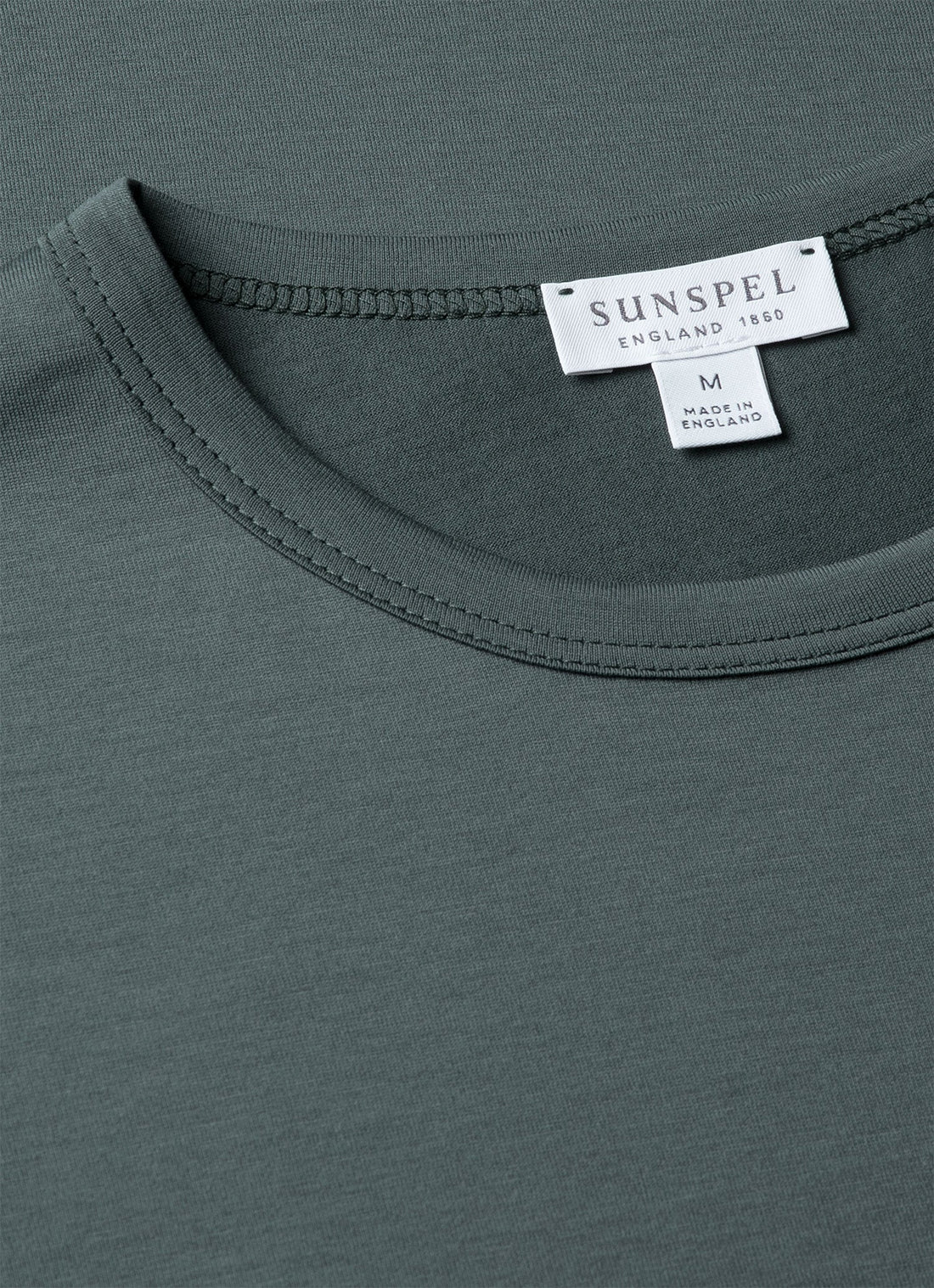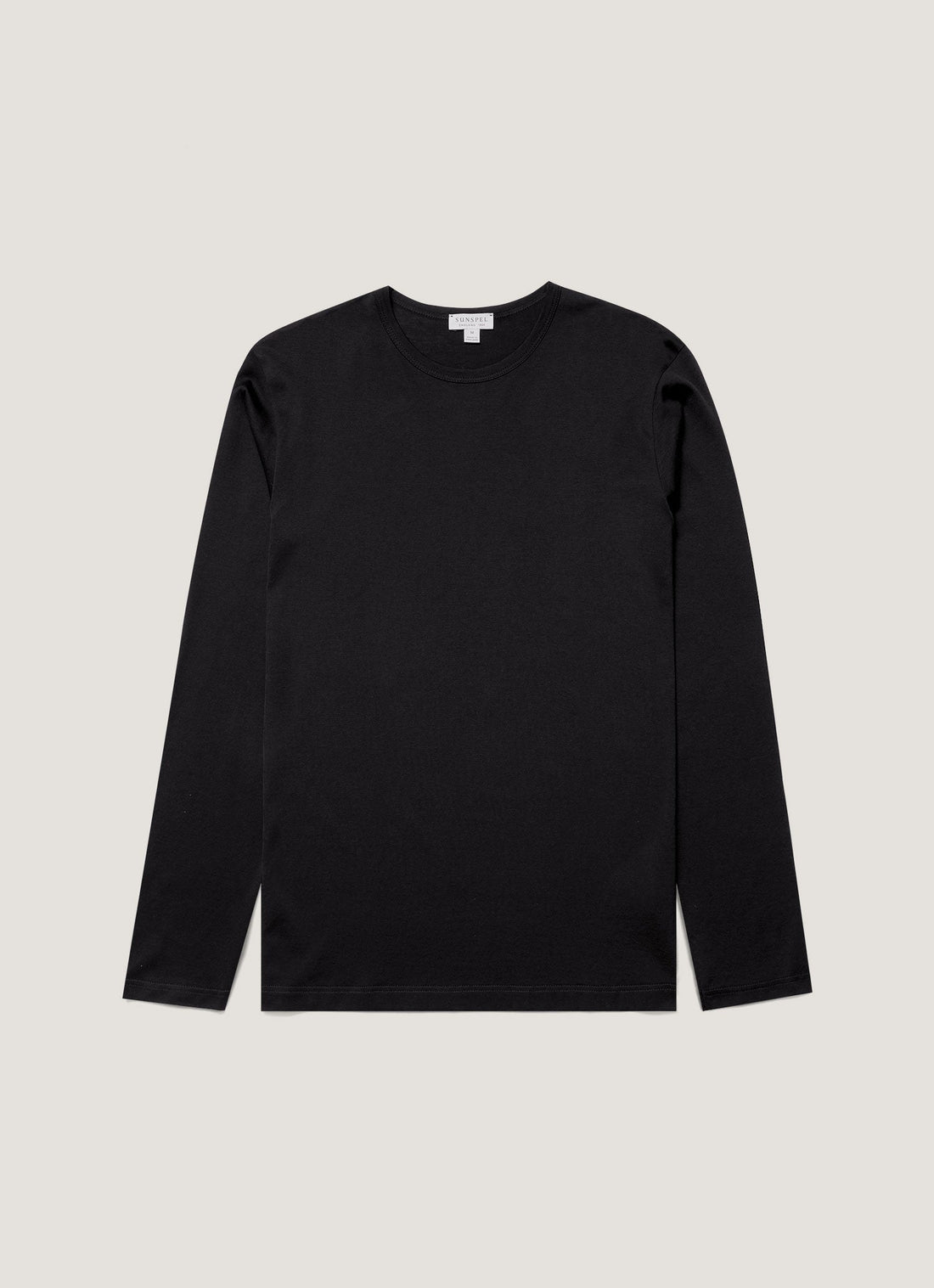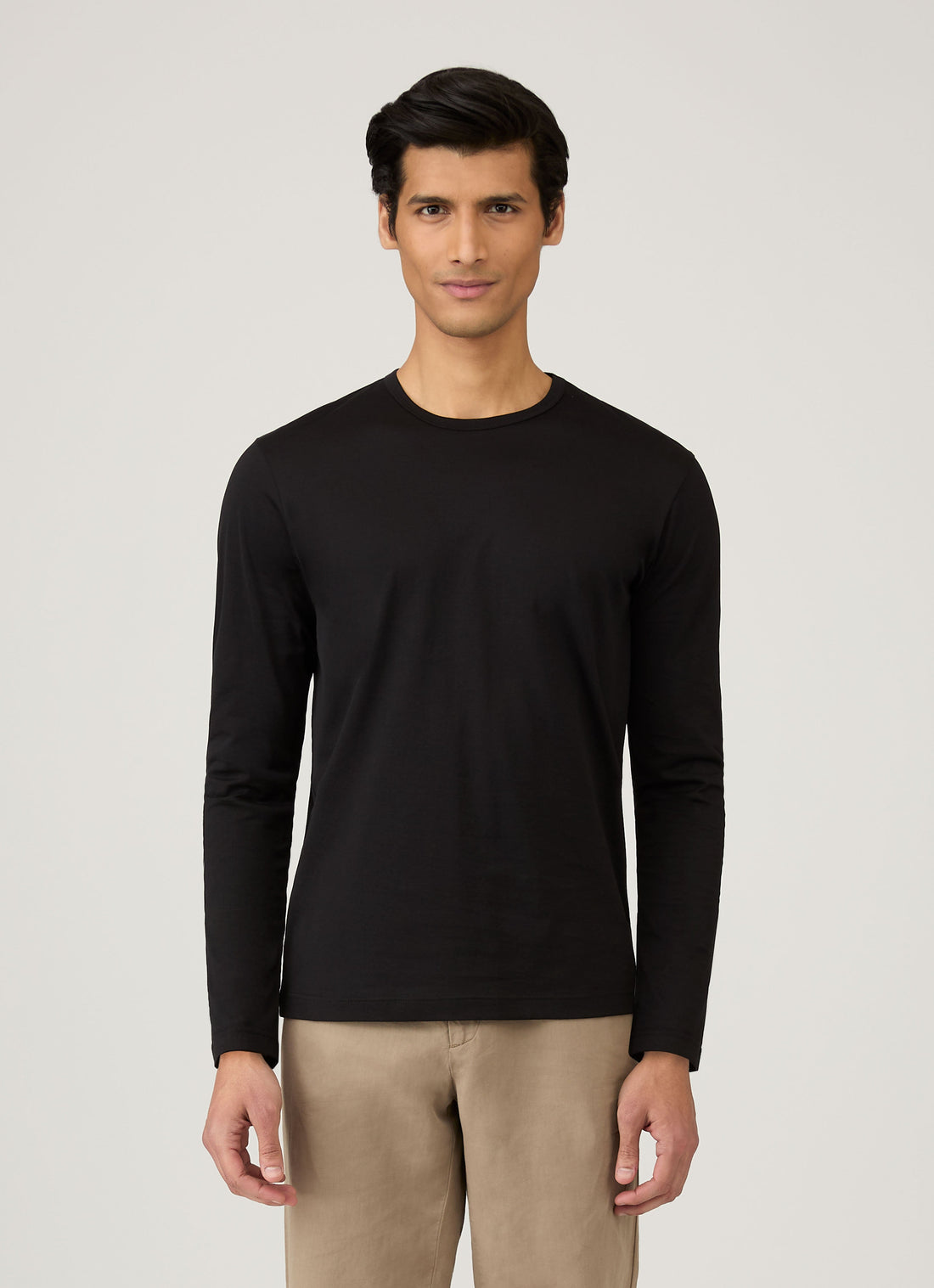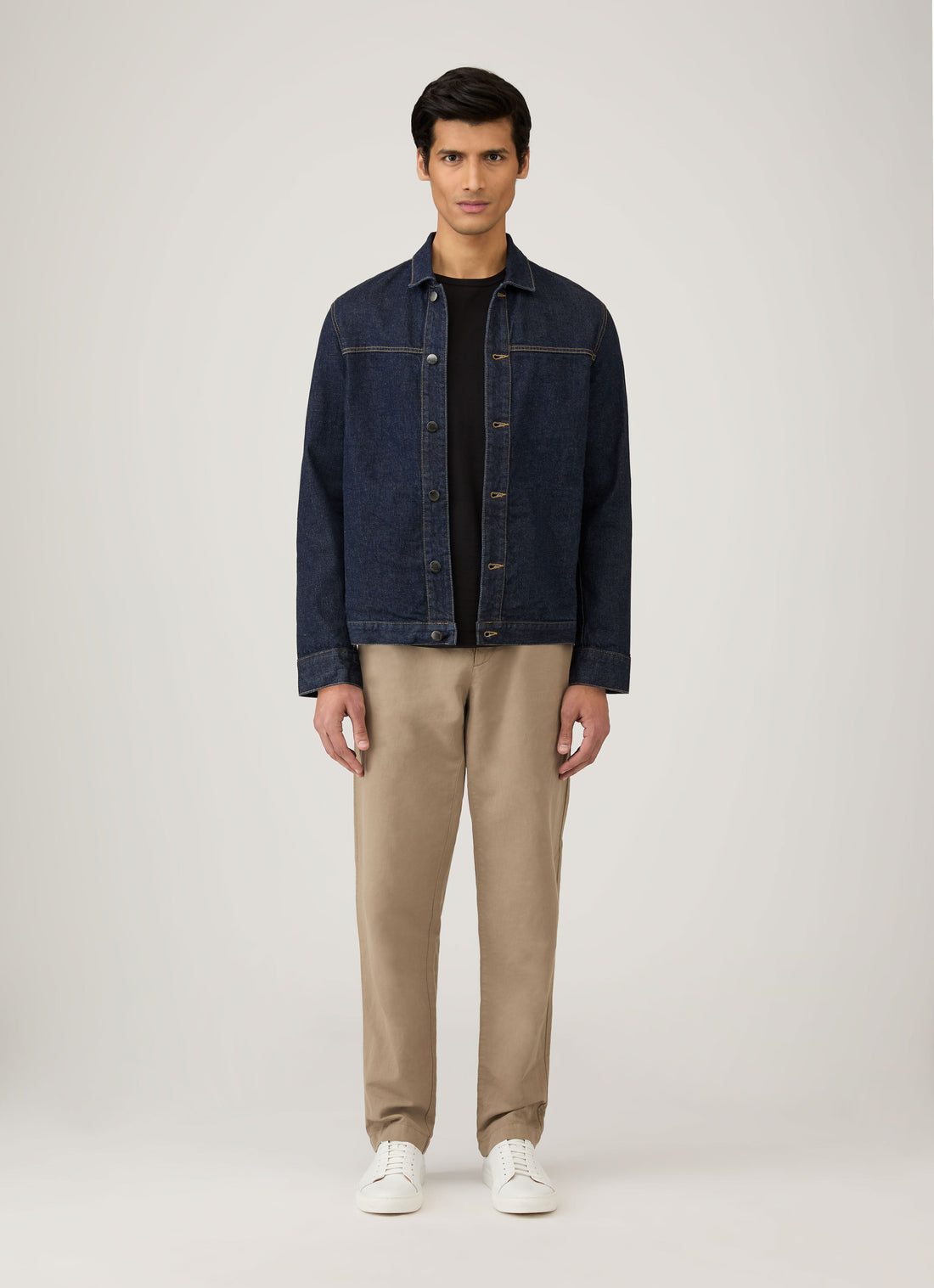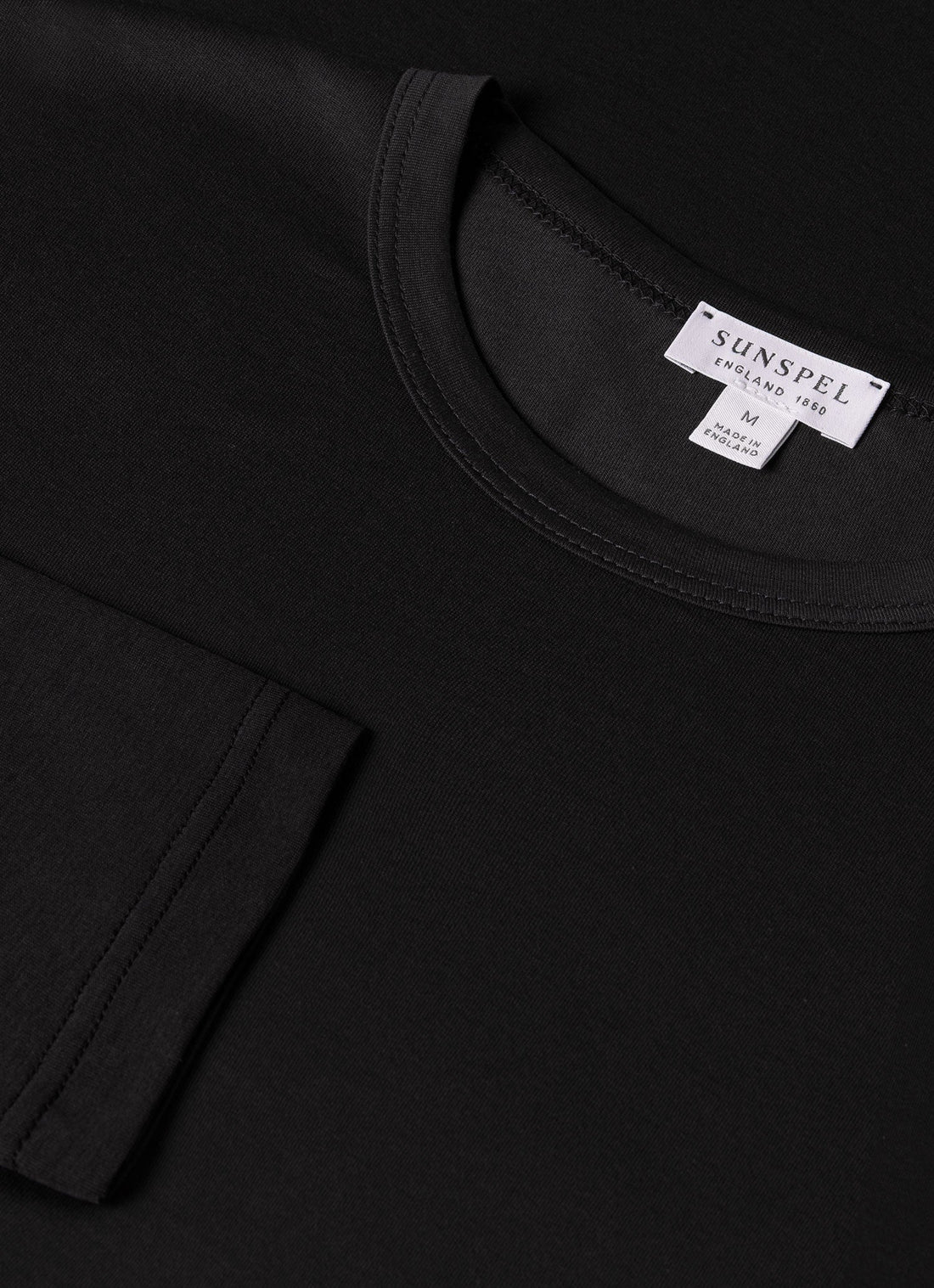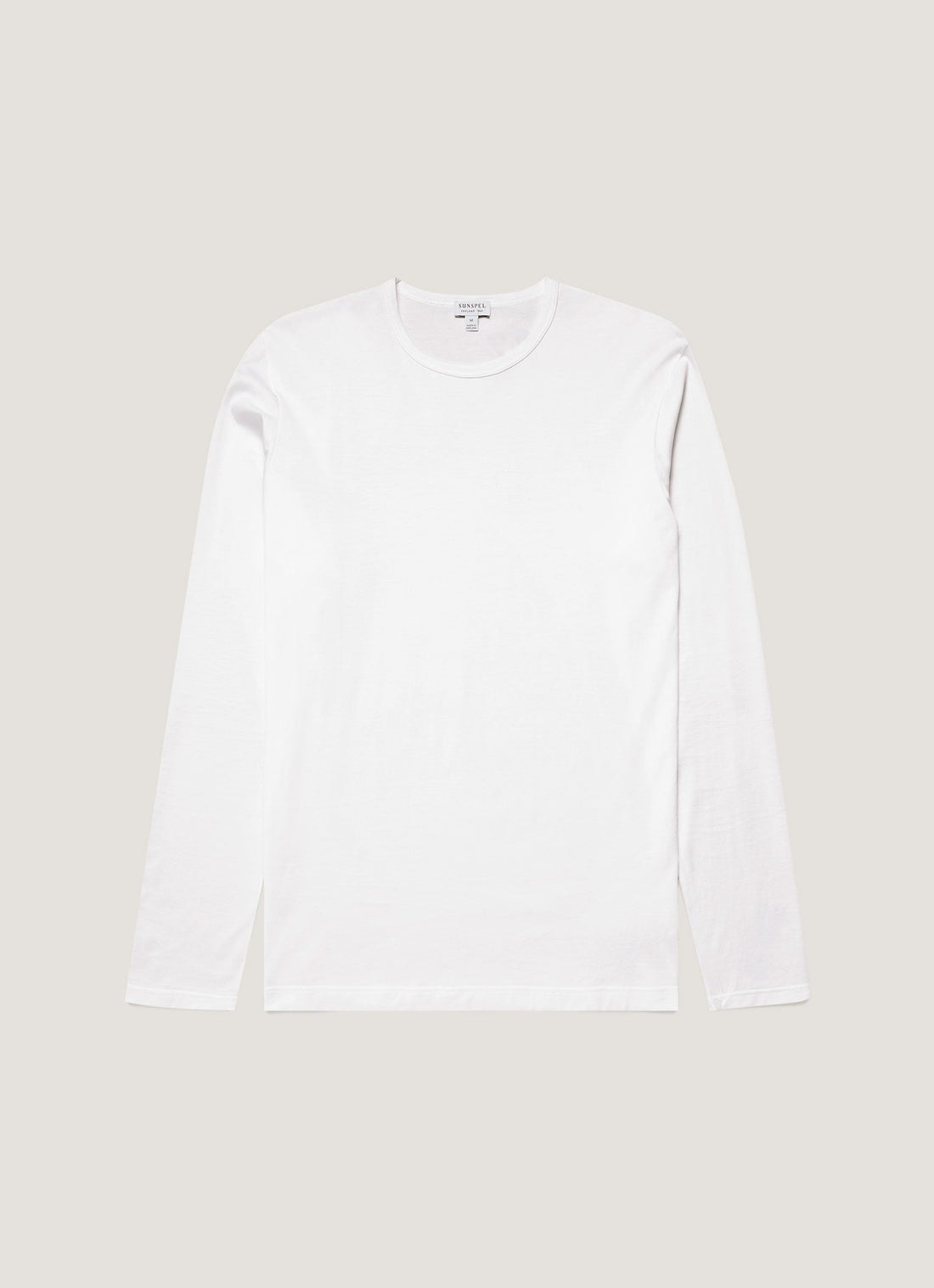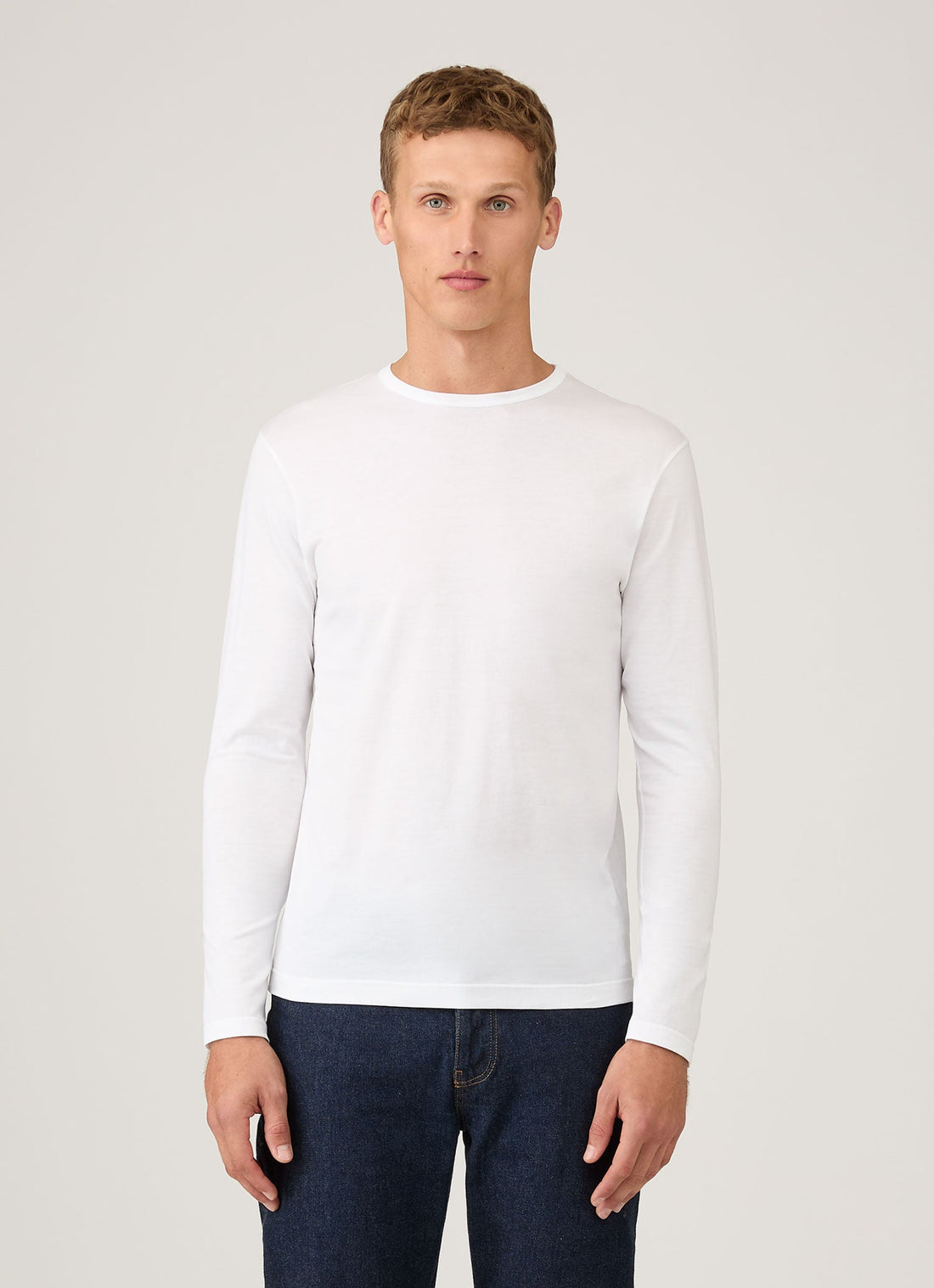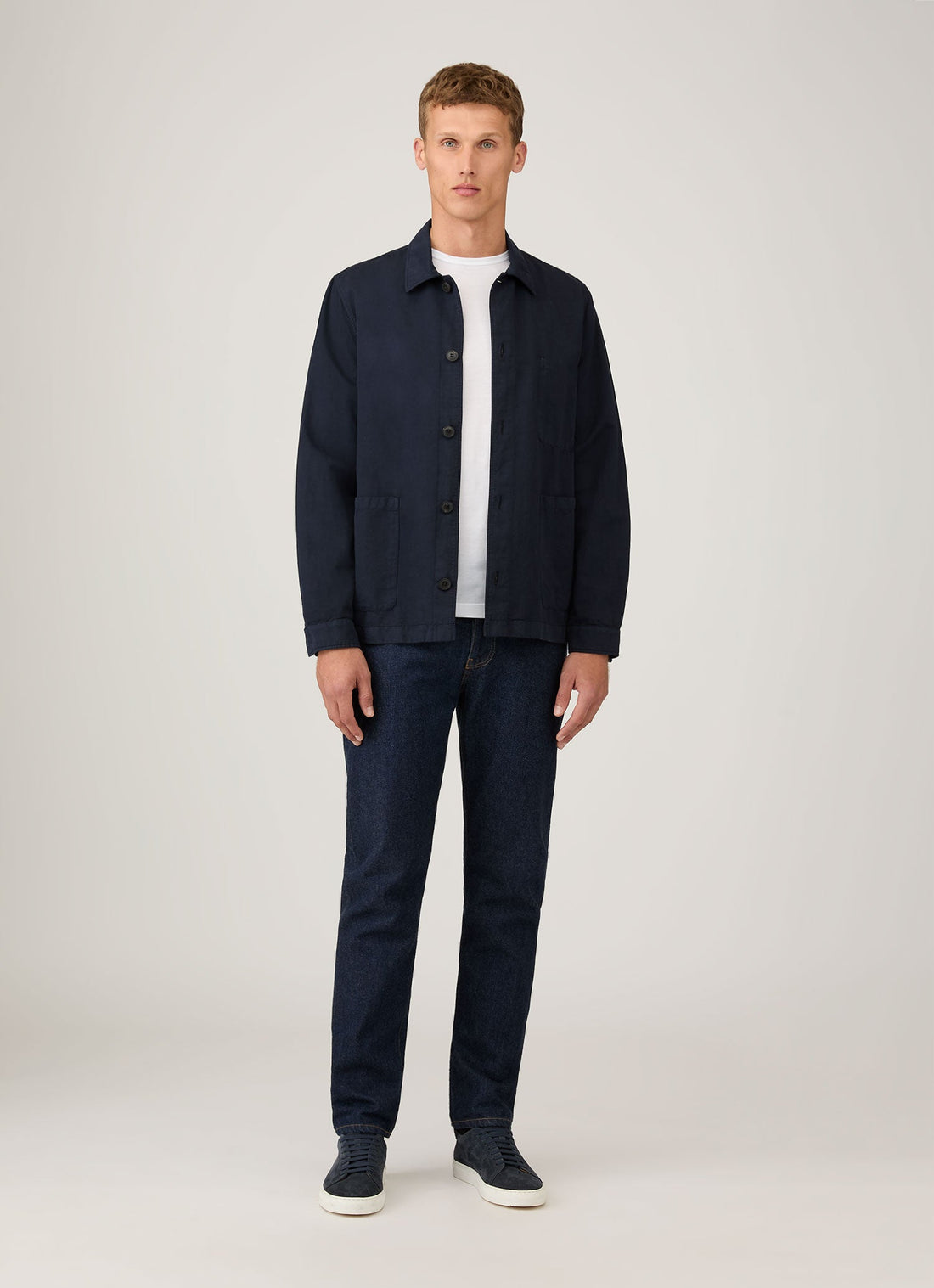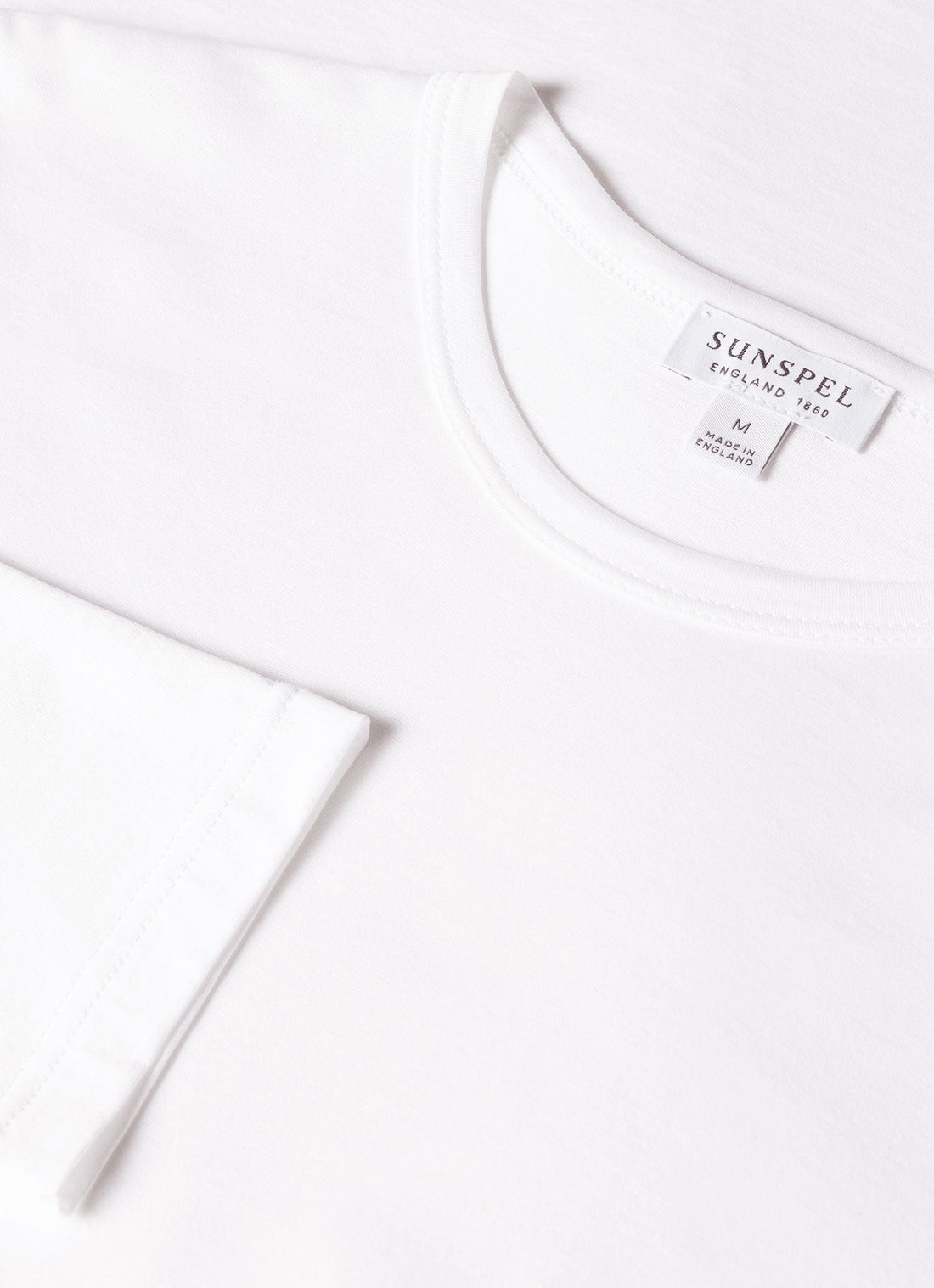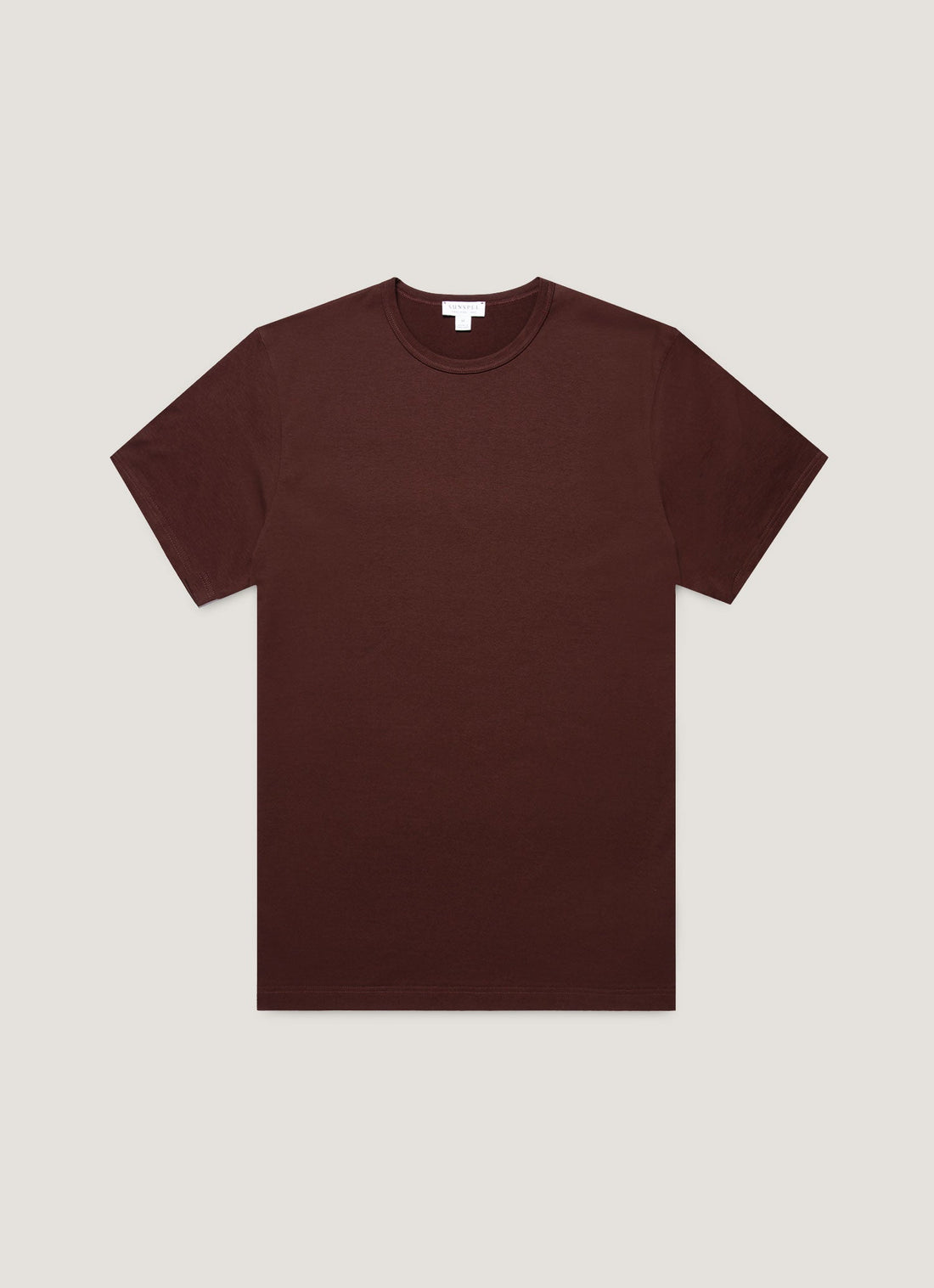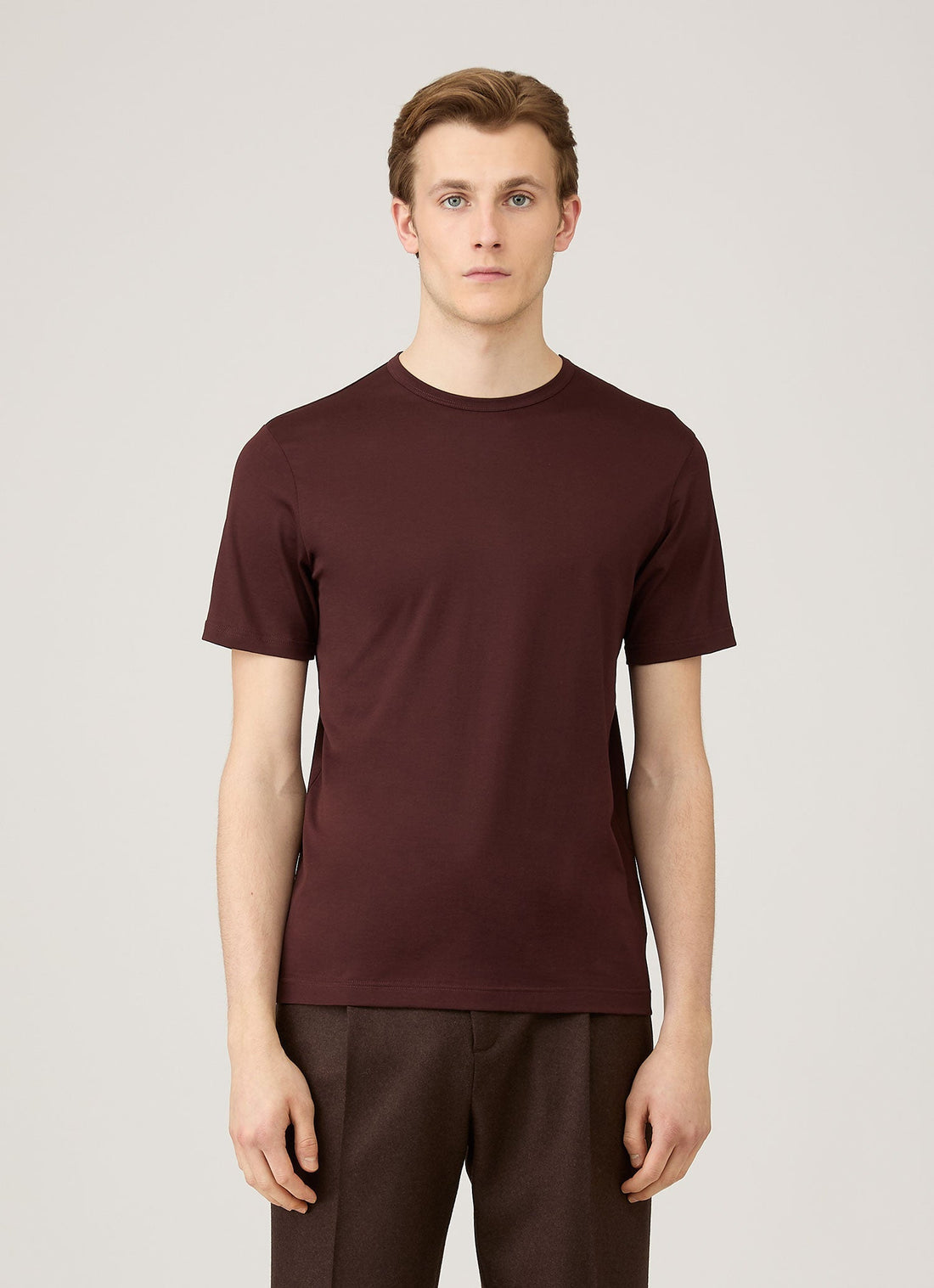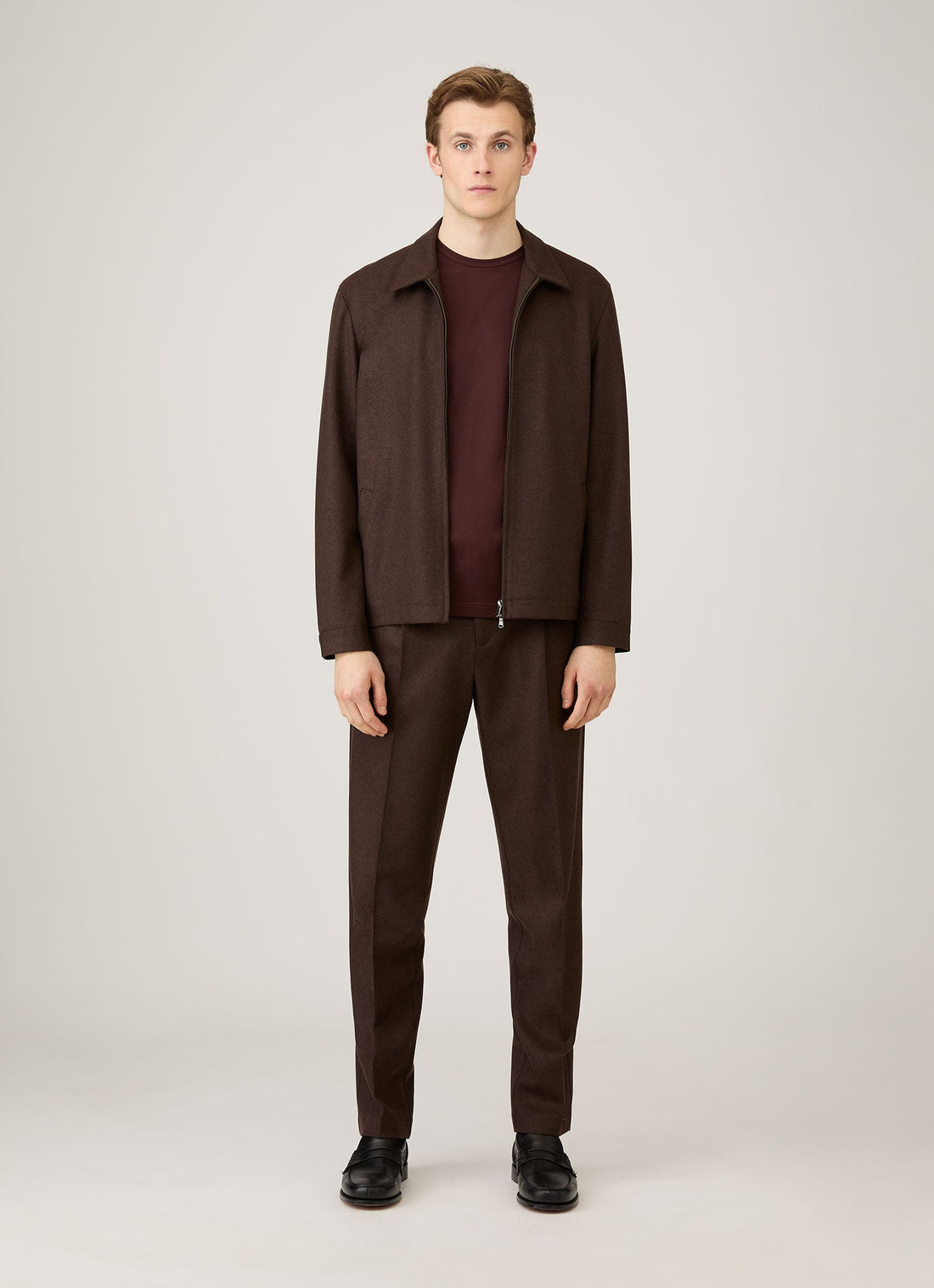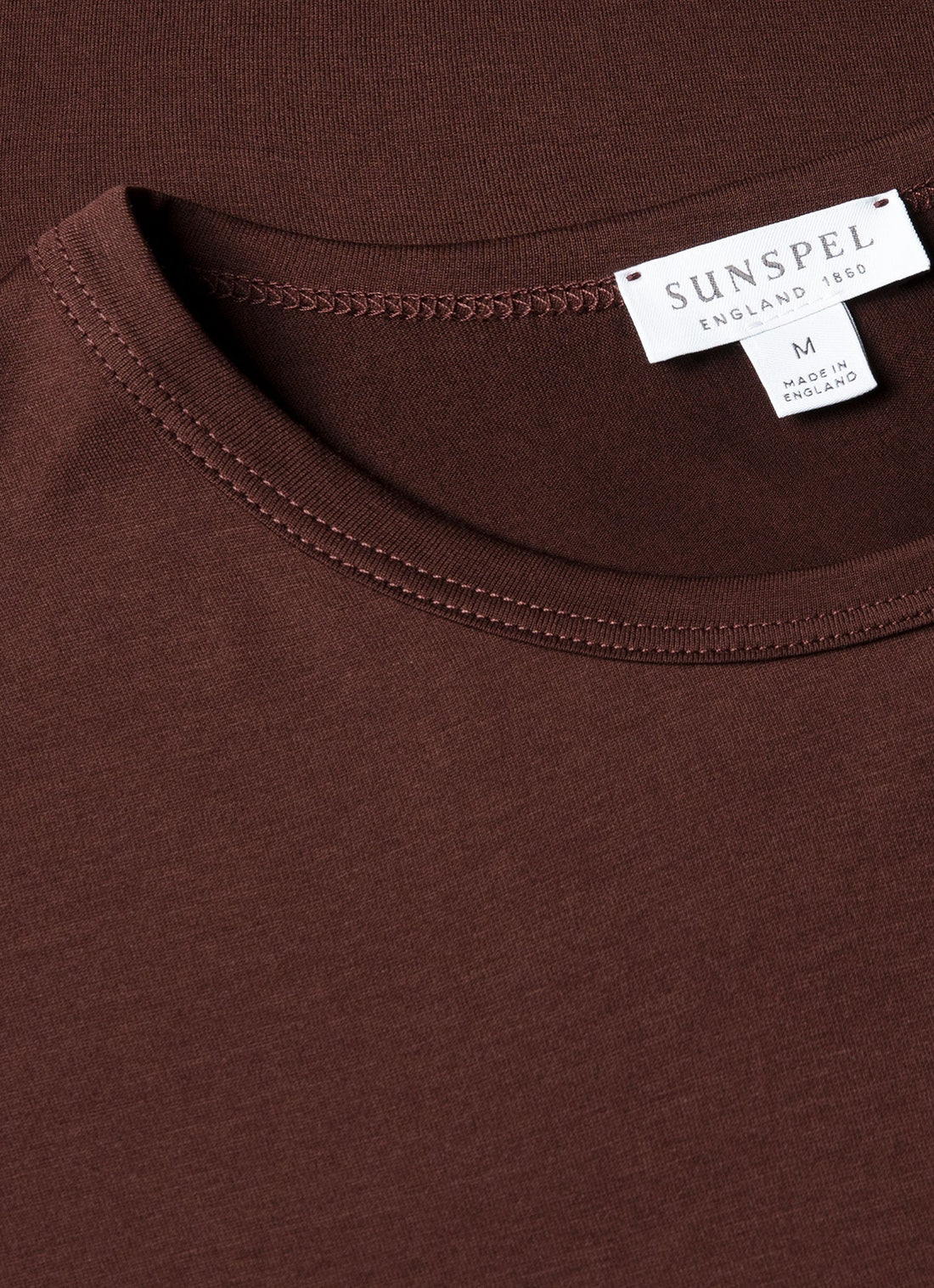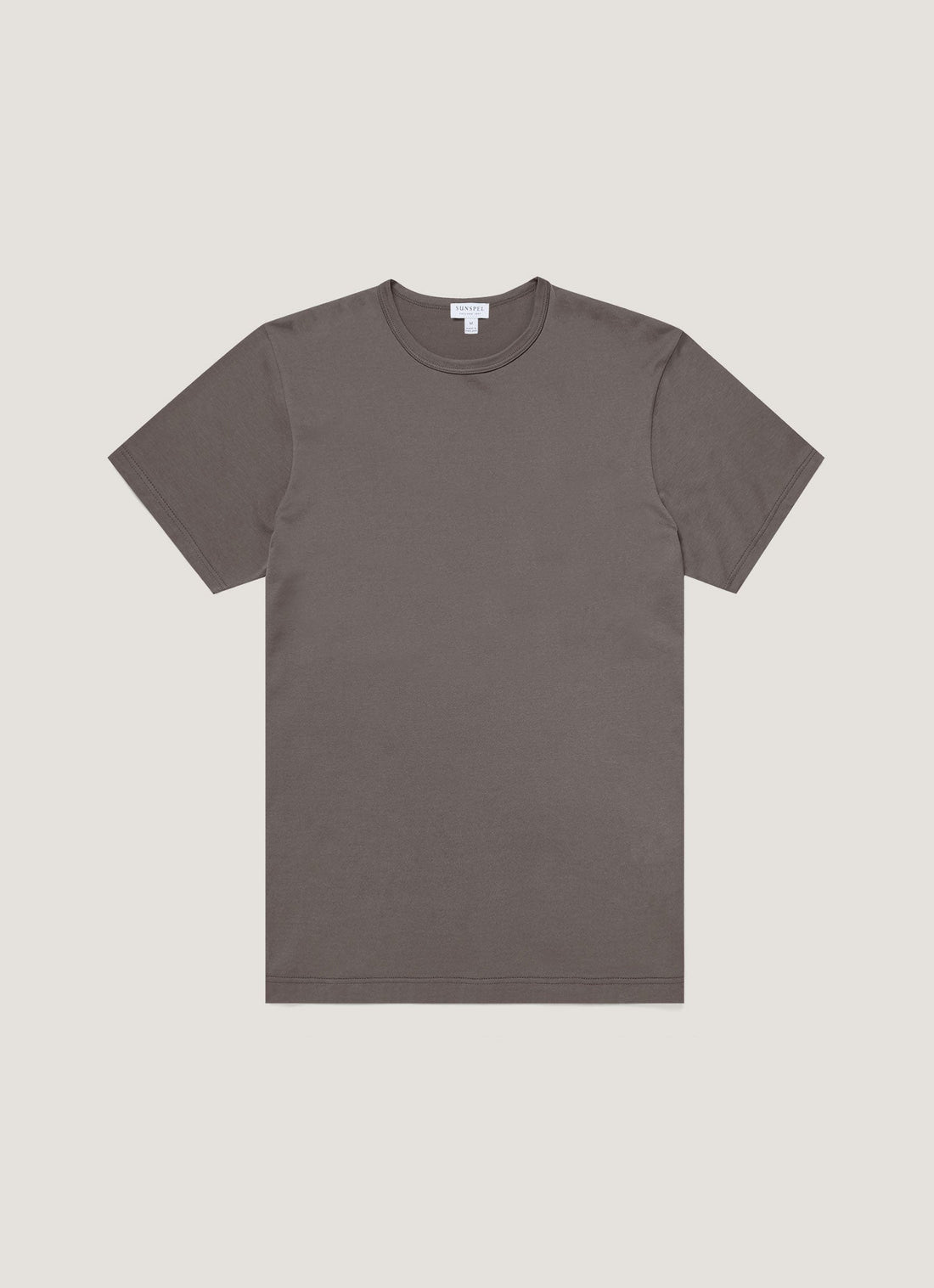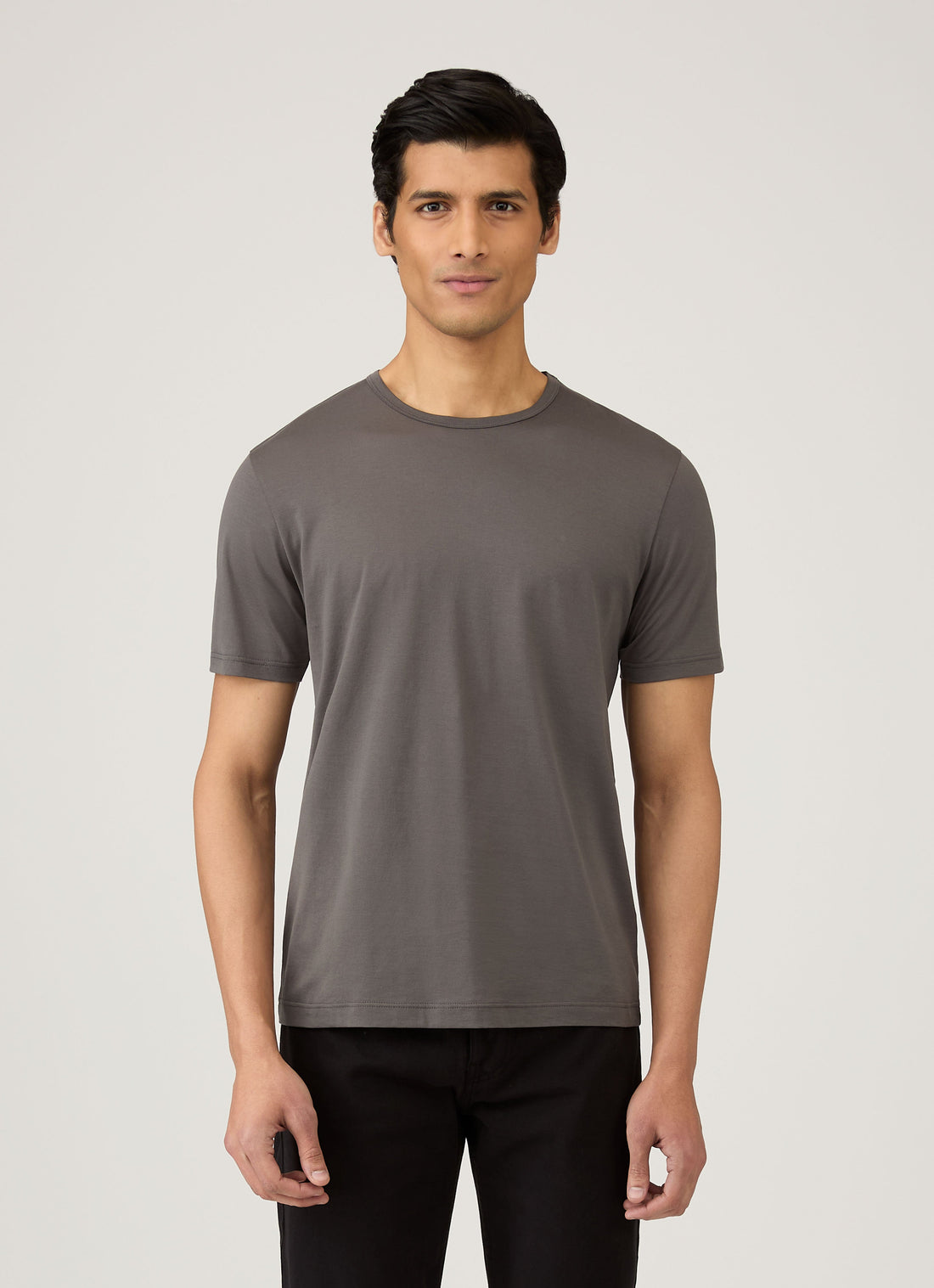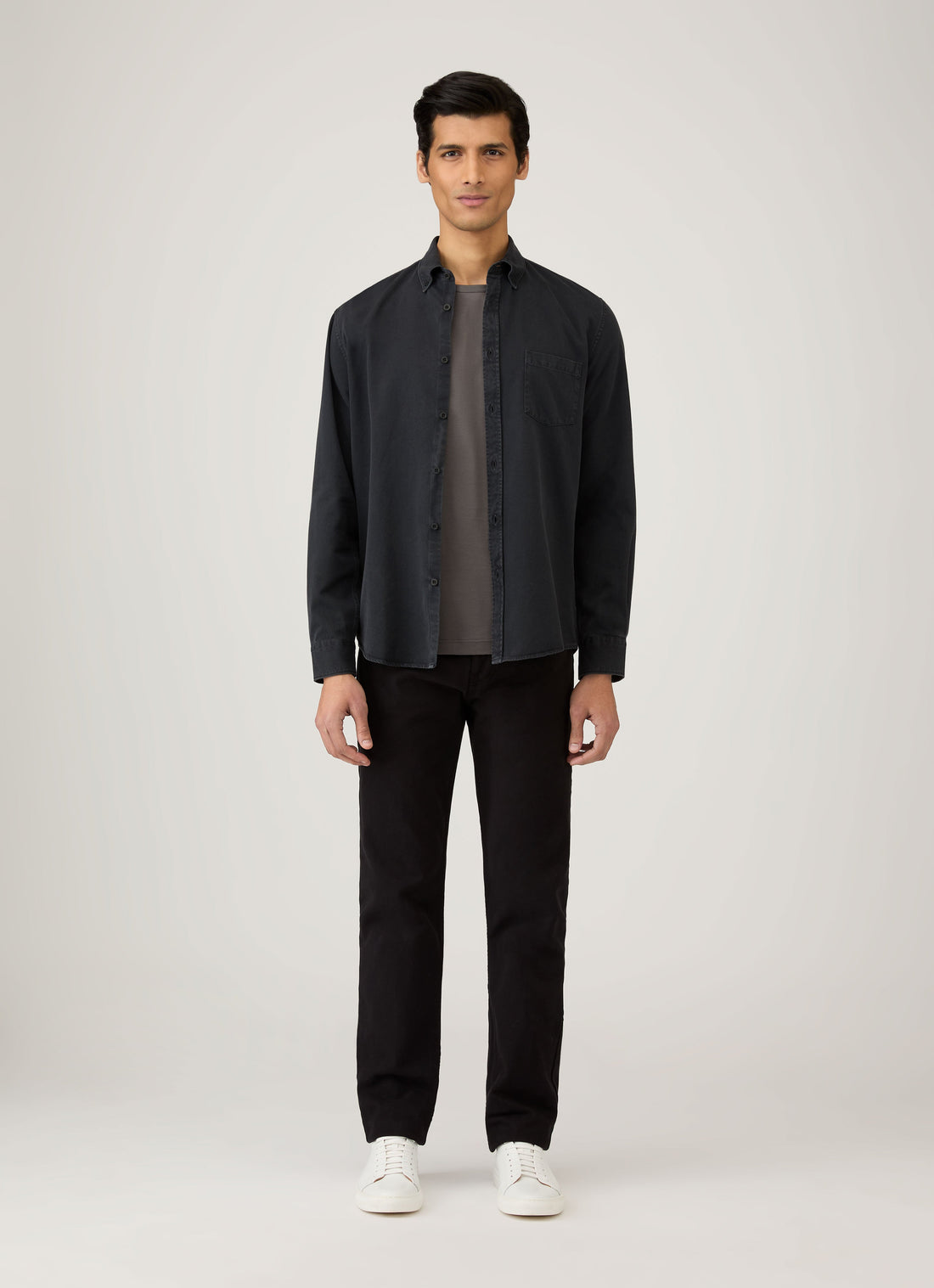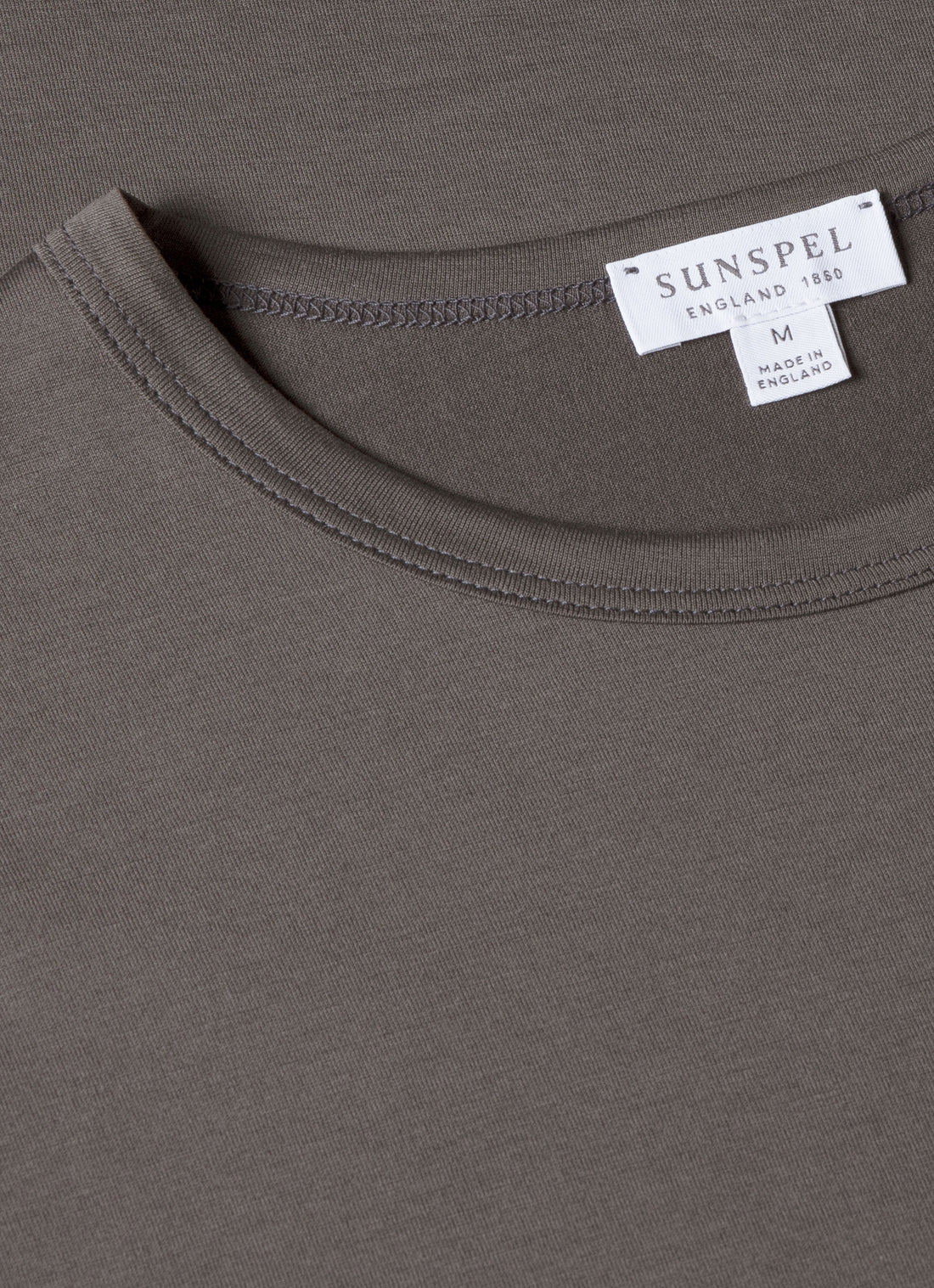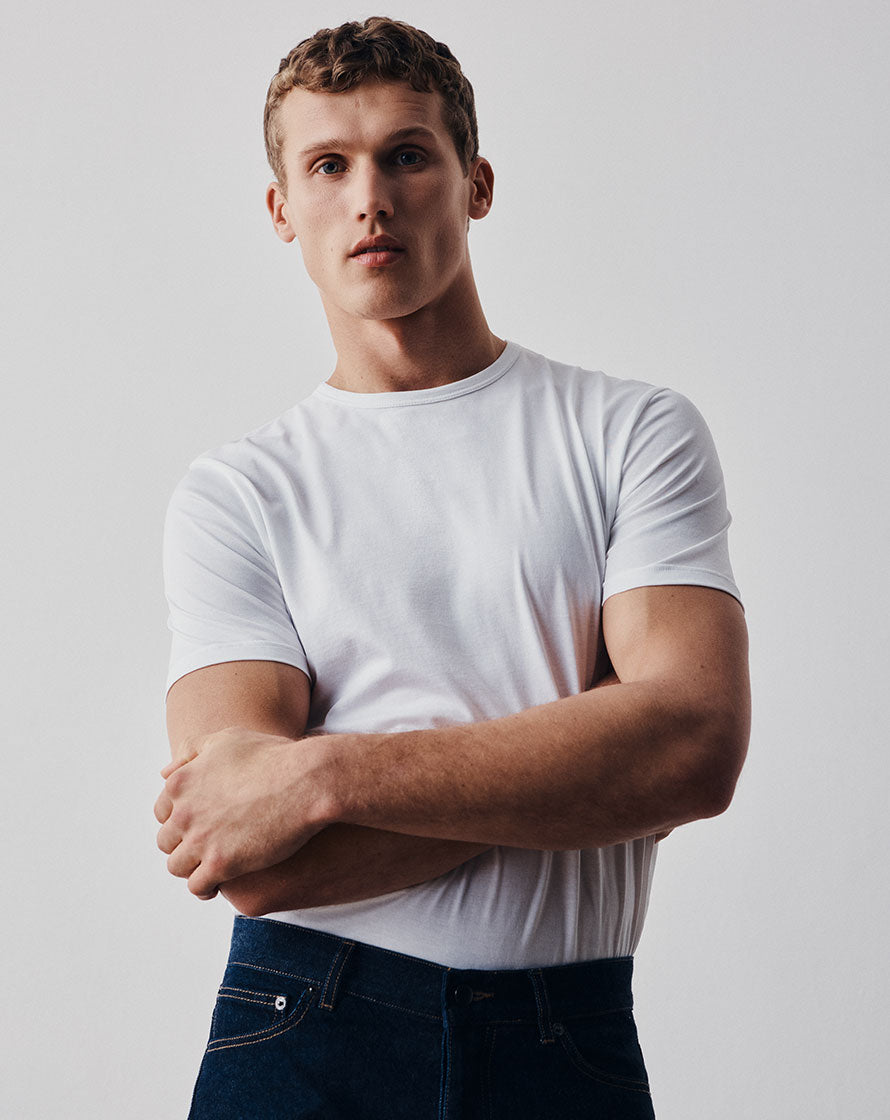Edie Campbell and Sunspel
Back in the 1990s, supermodels went by single names: Kate, Naomi, Christy, Claudia. These women, titans of the fashion world, didn’t need any introduction. It’s impossible to capture the mood and mystique of that supermodel heyday, but if anyone is taking on the mantle today, it’s Edie Campbell. The iconic British model embodies a certain ’60s irreverence, a waif-ish ’90s aesthetic and an English-rose beauty all coupled with a subtle hint of insolent British humour.
Campbell was first featured in British Vogue as a teenager, as part of a “young Londoners” profile. She was later catapulted to fame when she starred in a Burberry campaign alongside Kate Moss. Edie’s aesthetic is pretty, yet androgynous, with boyish cropped hair and high cheekbones designers can’t get enough of. She is equally at ease on the cover of L’Uomo Vogue as she is in an artsy Love editorial or on the Chanel catwalk dressed in pearls and haute couture.
|
|
|
There’s also an air of mystery to Edie, akin to her ’90s predecessors who eschewed interviews and adverts. Fashion is her job, but her career and choices – such as moving to the countryside and indulging her passion for horse riding – all seem to be on her terms. In 2015, Campbell and artist friend Christabel MacGreevy set up the embroidered patches company, Itchy Scratchy Patchy. It was through this that Campbell first worked with Sunspel when she took part in a small collaboration. Consequently, there was already a connection and mutual respect when Sunspel later reached out. ‘I was very excited to receive that email asking if I wanted to do something,’ she says in her considered and eloquent tone. ‘I can’t imagine anything I’d like to do more.
 |
 |
GB: What is your new capsule collection with Sunspel about?
EC: I've always really loved Sunspel, it’s such an iconic heritage brand with a lot of depth to it. So I was quite excited to see what we could do together. I was really thinking about uniforms and codes of dressing, and it has always struck me that the traditional menswear wardrobe is so reliably stylish, and I've always been quite envious of that. So I wanted to create something that felt almost modular. You could rely on it and put on one thing and think, “I look good, I feel good, and I haven't had to agonise over it too much.” I also wanted there to be pieces that could be worn in more of an evening setting.
You’ve cited some very interesting style inspirations…
The suits draw on great men who wore great suits, from Jarvis Cocker to Harry Wormwood [Danny DeVito’s character in Matilda] to Edward VIII – running through the gamut of stylish men throughout the years. Harry Wormwood doesn’t get enough credit but he’s iconic. Obviously he is a caricature, so we couldn't go as garish as that. But I wanted to bring a little bit of his energy to it.
Do you think that there is something lacking in womenswear that is found in traditional menswear?
I think womenswear can be a lot more trends-driven. There is a kind of reliable foundation of traditional menswear that sometimes womenswear doesn't have. I think what the Sunspel brand and history is all about is being really good and reliable. I know the adjective “reliable” is just so unsexy, but it does great basics and I wanted to bring that through into a slightly broader offering.
 |
 |
What are your personal highlights from the collection?
I'm really happy with how the shirts turned out. They’re gorgeous slightly “off” colours. And the coat is a great heavy wool. I also love the yellow jumper and the little slinky knits. They were hard to get right because I wanted them to drape and feel silky and eveningwear-y. We had to balance that with, like, how are they going to wash? Are they going to wear well? Will they snag on rings and necklaces? So there was a real balancing act between creating something that was light and slinky but also durable. I’ve not really worked with anyone looking at how things wash and wear. So that was interesting and also really important to me. This isn’t fast fashion, these are building blocks of a modular wardrobe. It's got to last. I want these to be great shirts, great knitwear that in five, ten, twenty years’ time will still look good.
Is sustainability in fashion increasingly important to you?
Yes, for sure. I'm quite aware of not having a high turnover of things I like for a moment. I'm not really interested in that, it’s not a way I want to interact with the world and also not a way that the world wants me to interact with it. It's crucial now, with everything that we do as humans, to look at it through an environmentally conscious lens.
Did you learn anything that surprised you during the design process with Sunspel?
Getting the chunkier Aran knits right. I wanted them to feel like Irish wool but a little bit softer. So getting the balance right with that kind of thing was fun. But the design process really started with just pulling loads of reference images together and working out what we wanted to make and why. The process was very pleasantly smooth sailing.
 |
 |
You said this started at the tail-end of lockdown, so did that experience influence your designs or is it your personal style?
It is my personal style but also the idea of a modular wardrobe… particularly at the tail-end of lockdown when I would open my wardrobe and think, “I don't even know how to get dressed anymore. How do I want to present myself?” I really wanted to make something that felt simple and foolproof, almost.
Like the “Steve Jobs” uniform?
Exactly. I love it when people have a uniform, I'm like, good for you! You’ve found something that works for you. My mum’s a bit like that. It's quite enviable; you're not reinventing yourself, it’s who you are and how you dress.
How has your personal style evolved over the years?
I think, in recent years, I've found the things that work for me. And I always return to an androgynous menswear language as something that is kind of foolproof and always feels good and stylish and elegant. I would always look to music icons. That’s my world; my go-to.
